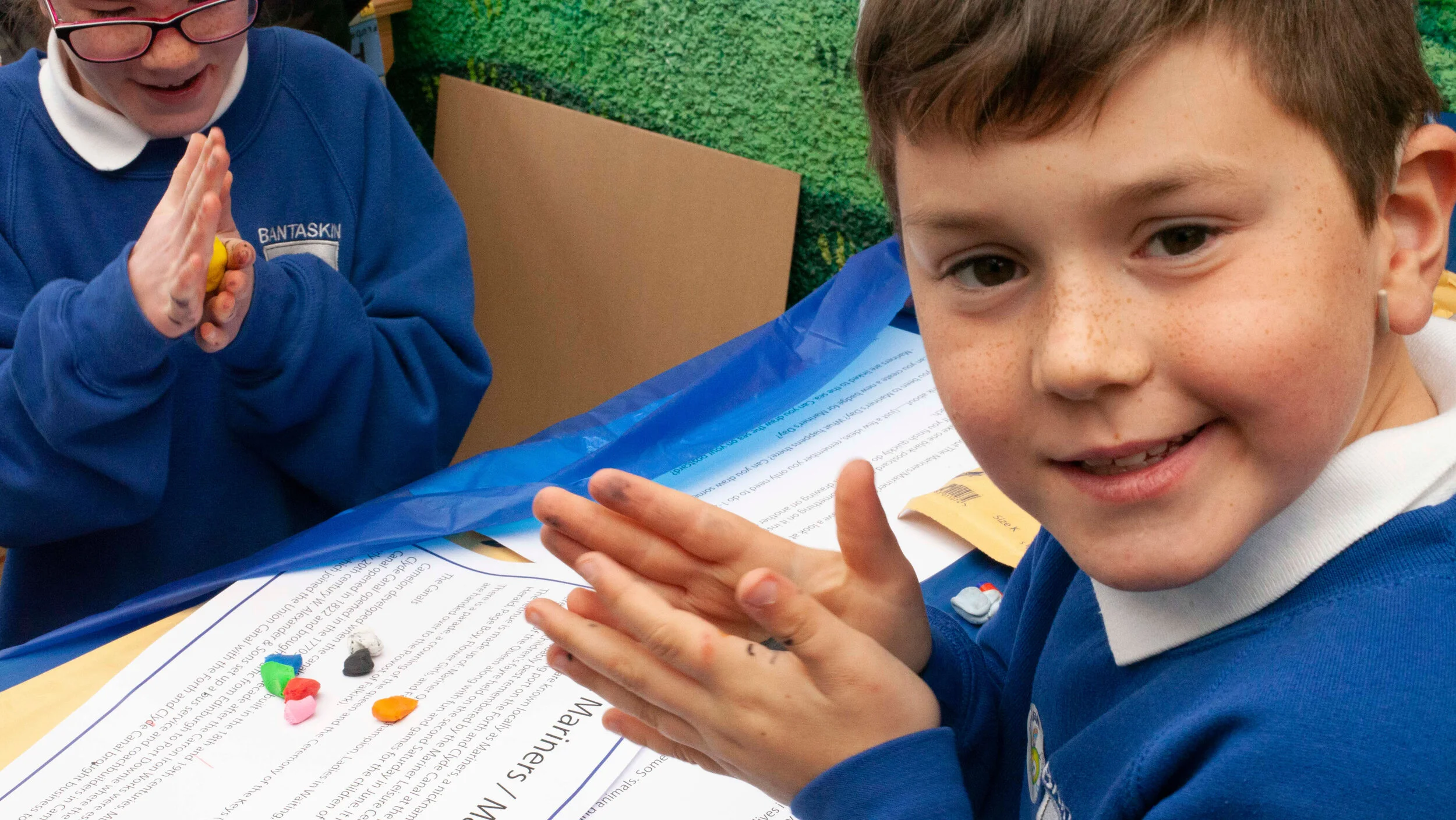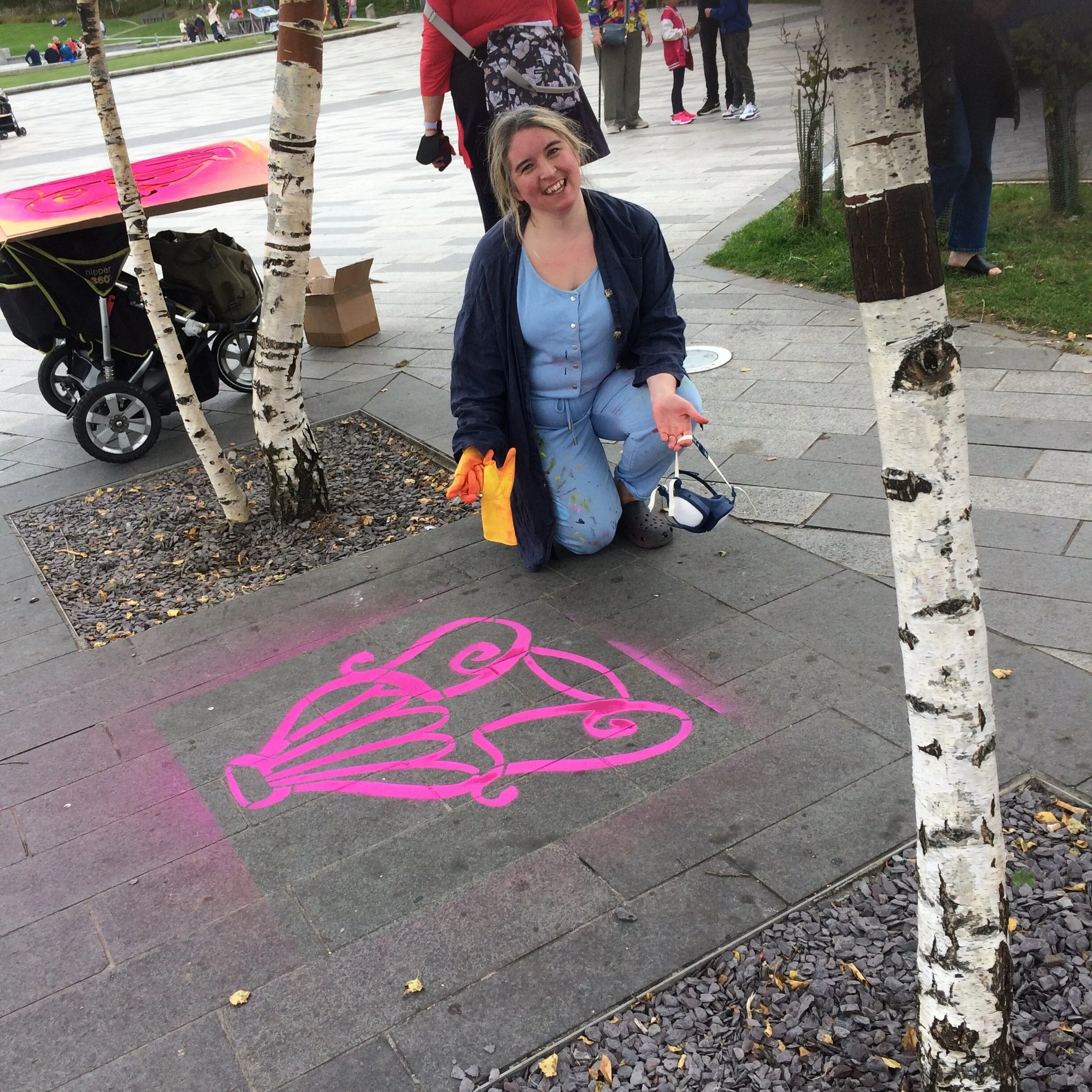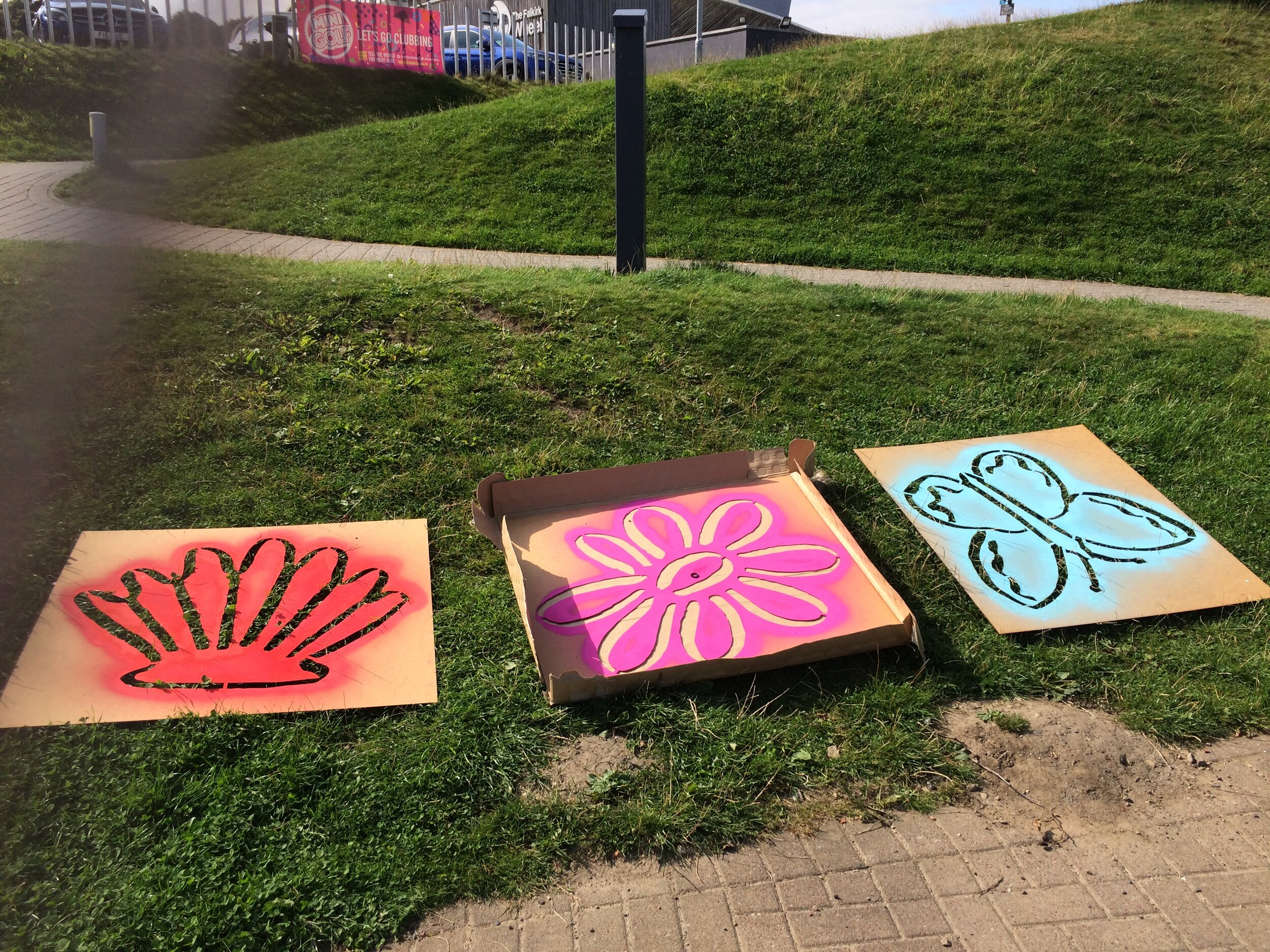
'With Love From…’ is a celebration of local heritage marking Mariners Day and Canal Encounters 2021. Artist Alice Dansey-Wright worked with over 100 students from local primary schools to create a series of symbols inspired by the history of Camelon and Tamfourhill.
The outcomes of this project so far have included two billboards, a series of postcards, a trail of stencilled badges and the gallery of amazing work made by local children that you can see below!
Children from the 2020/21 Mariners Day Retinue feature on the billboards and two of the postcards. Pictured above are: Emma Temporal, Jorja Muir, Olivia Feaghan, Emily Martin, Roxanne Jones, Thomas Taylor, Amy Buchanan and Olivia Rothnie.
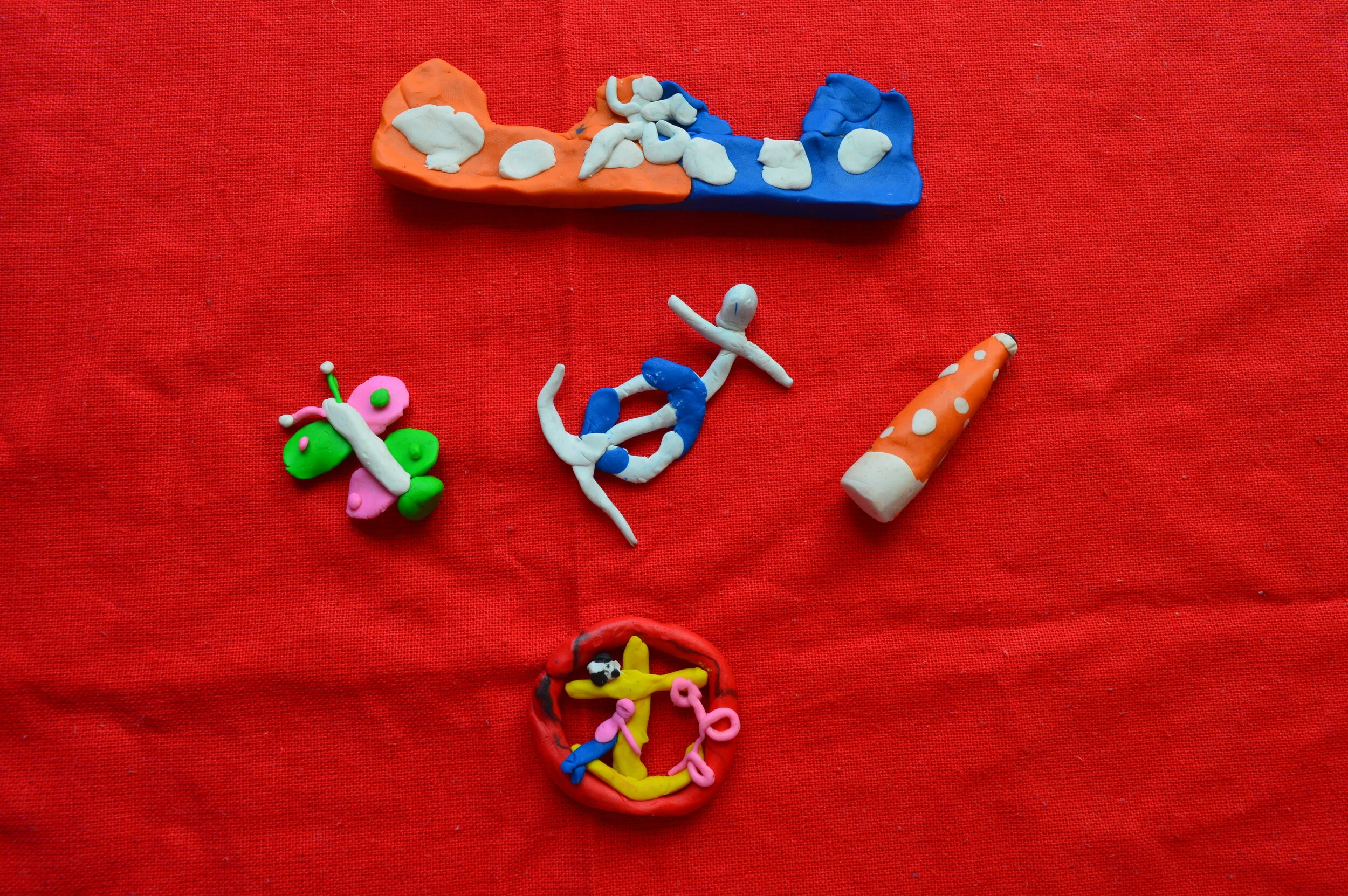

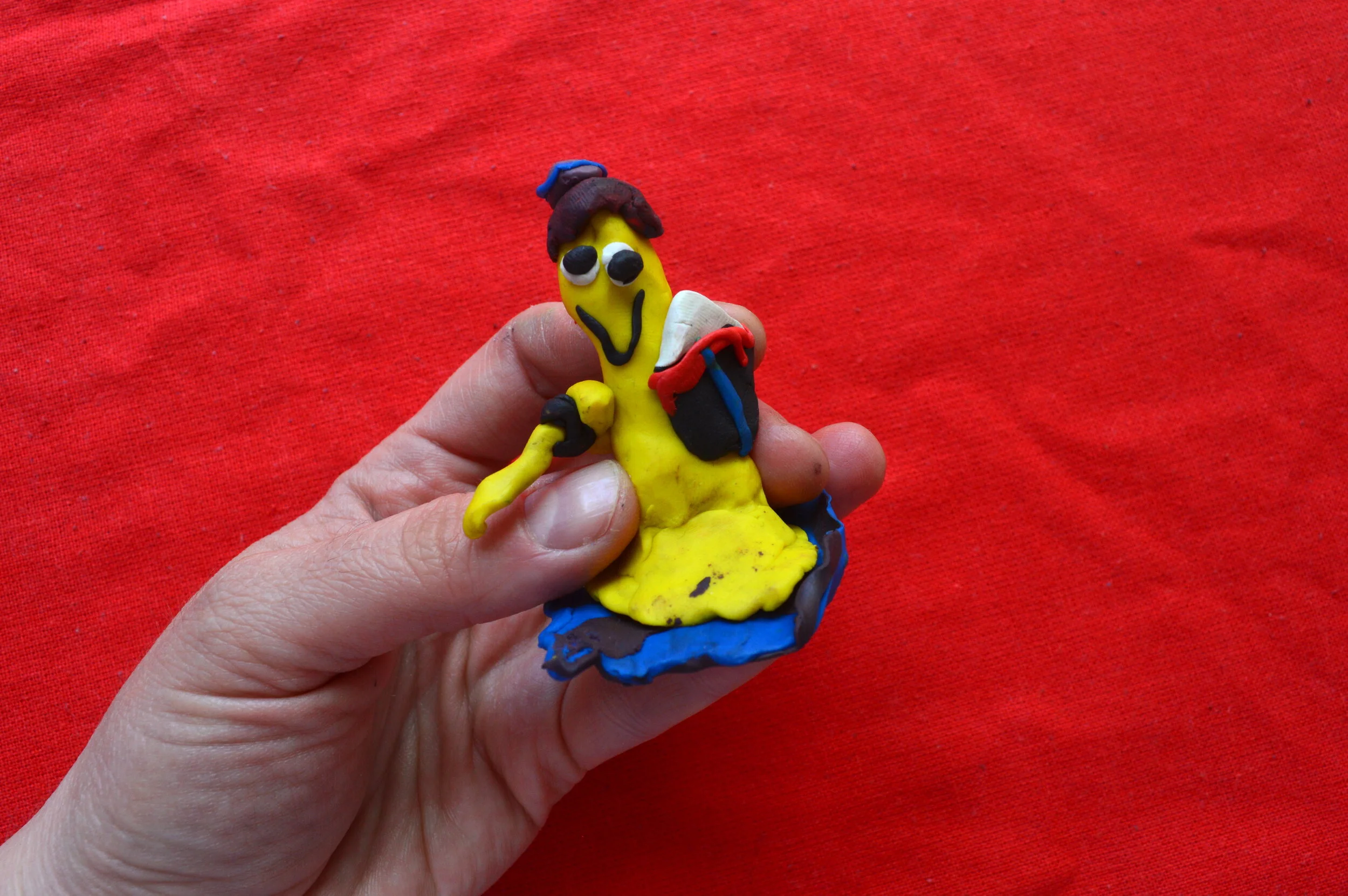


Sculptures made by children from Carmuirs Primary School


Work made by children from Bantaskin Primary School













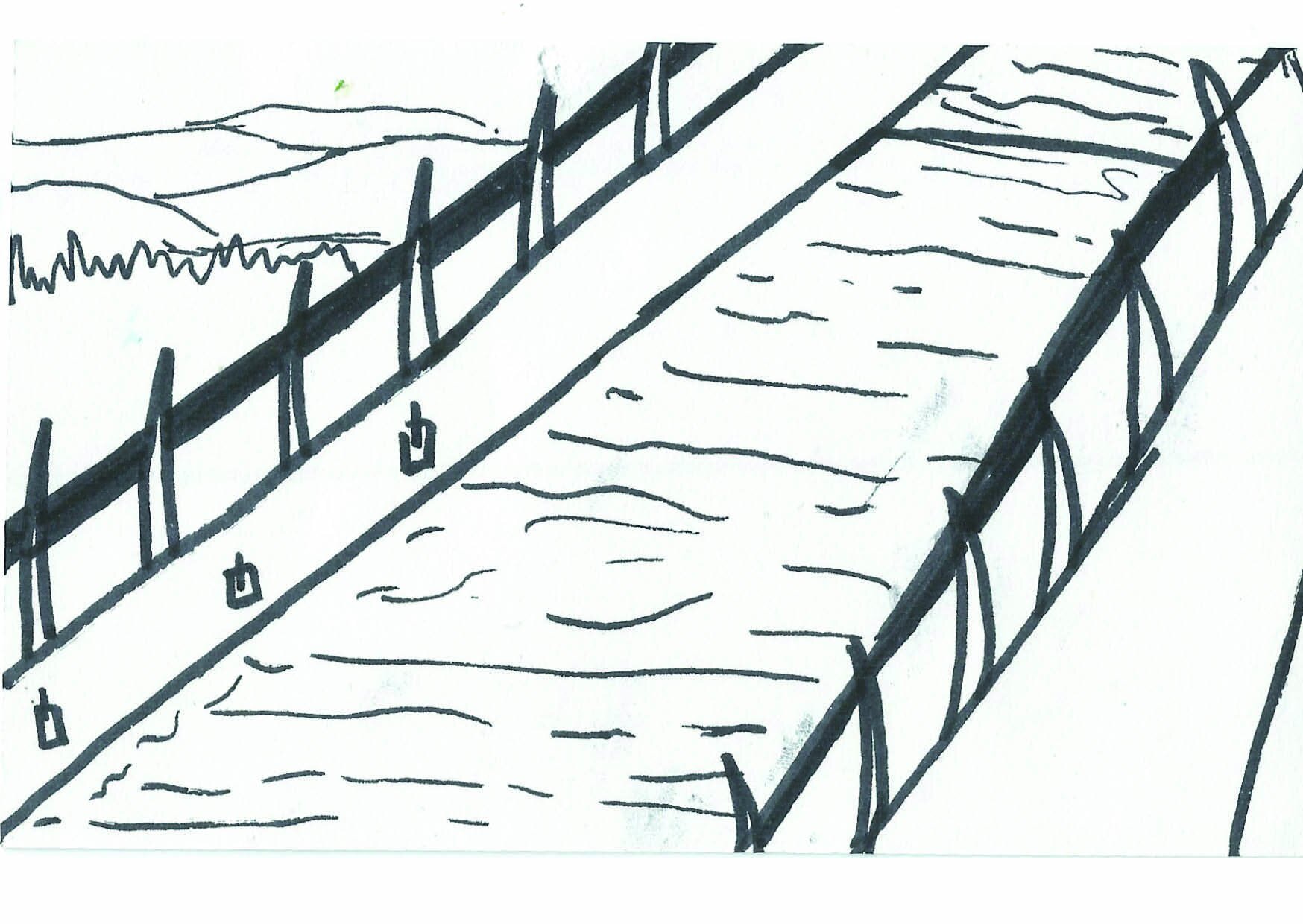









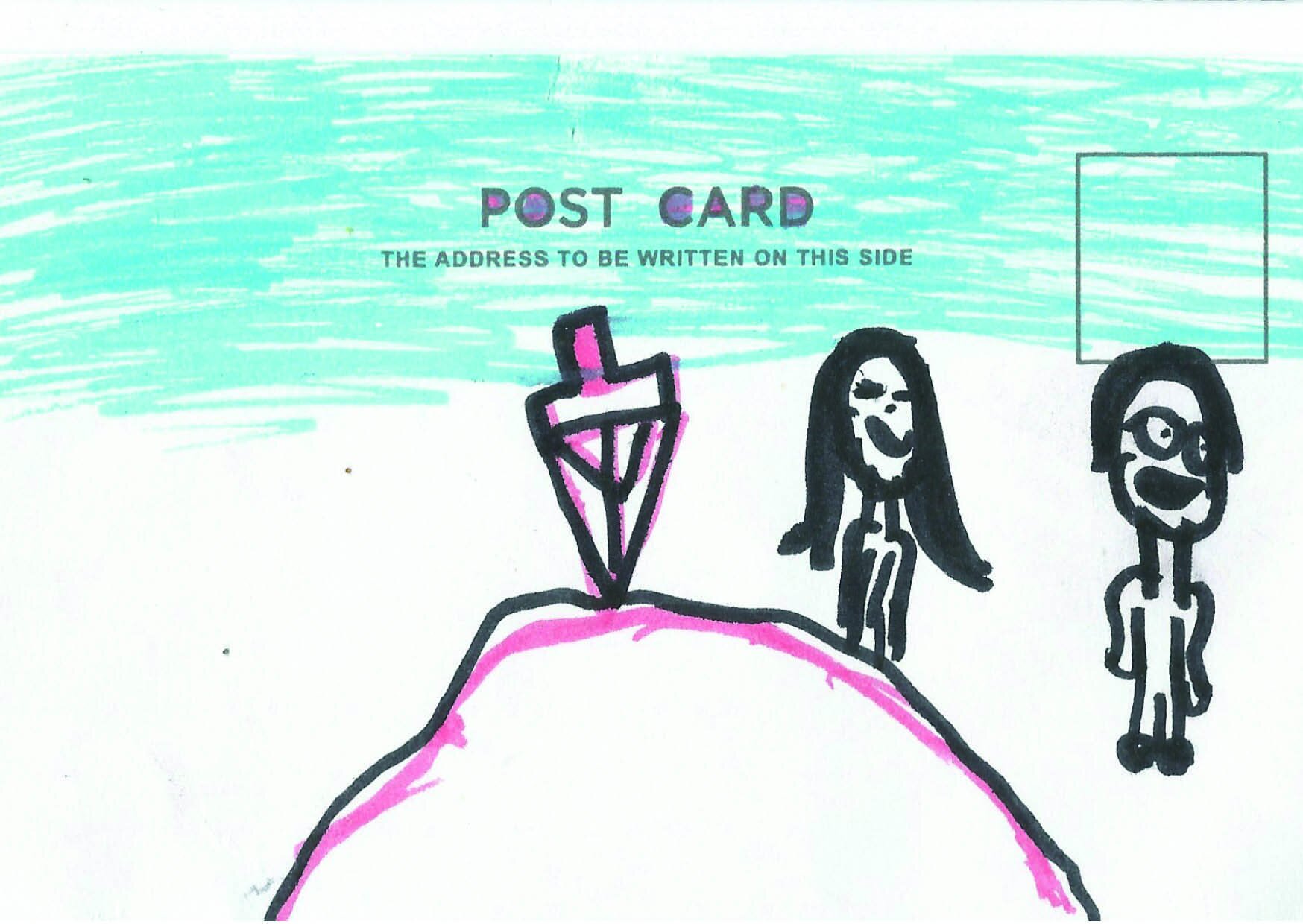

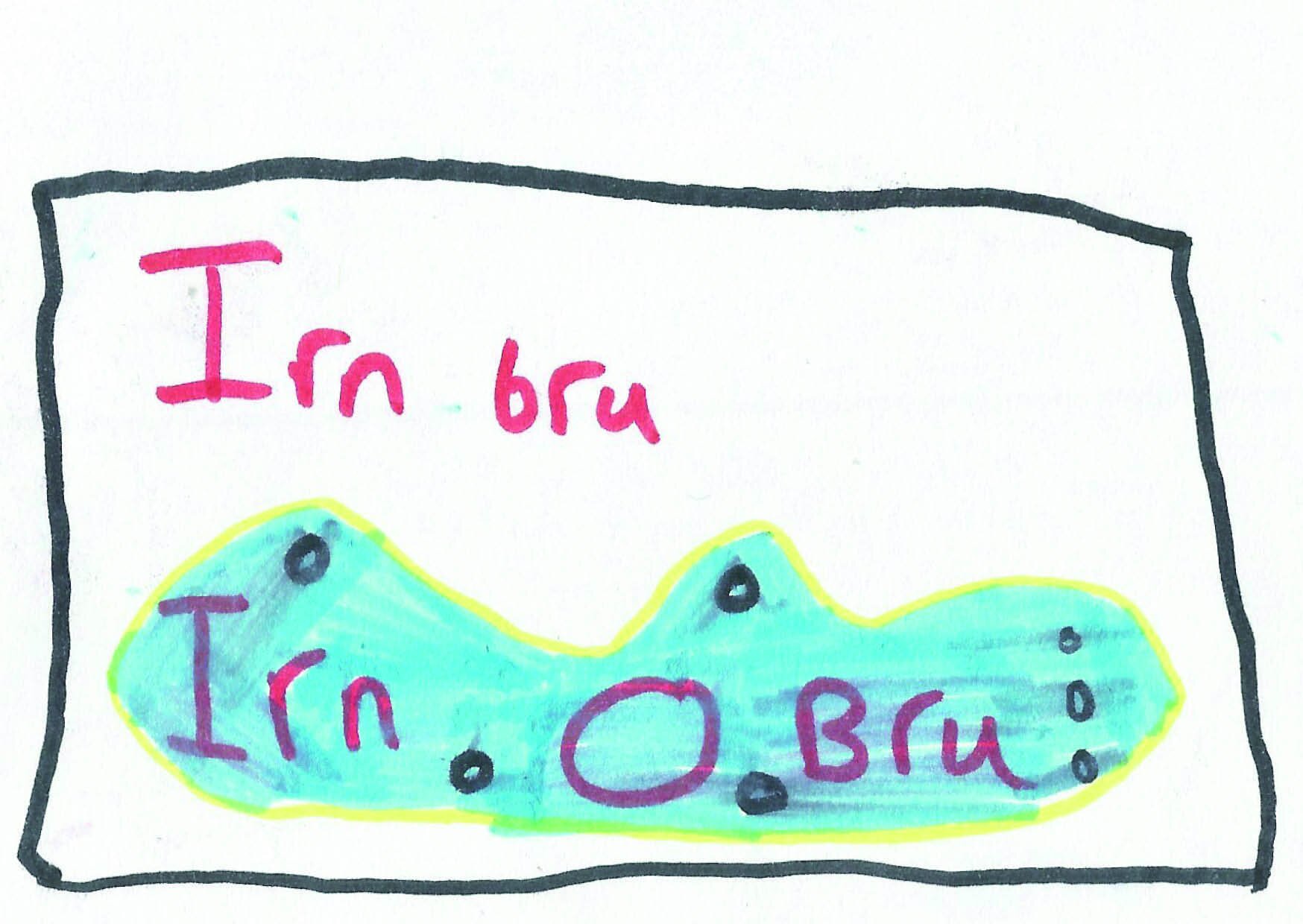





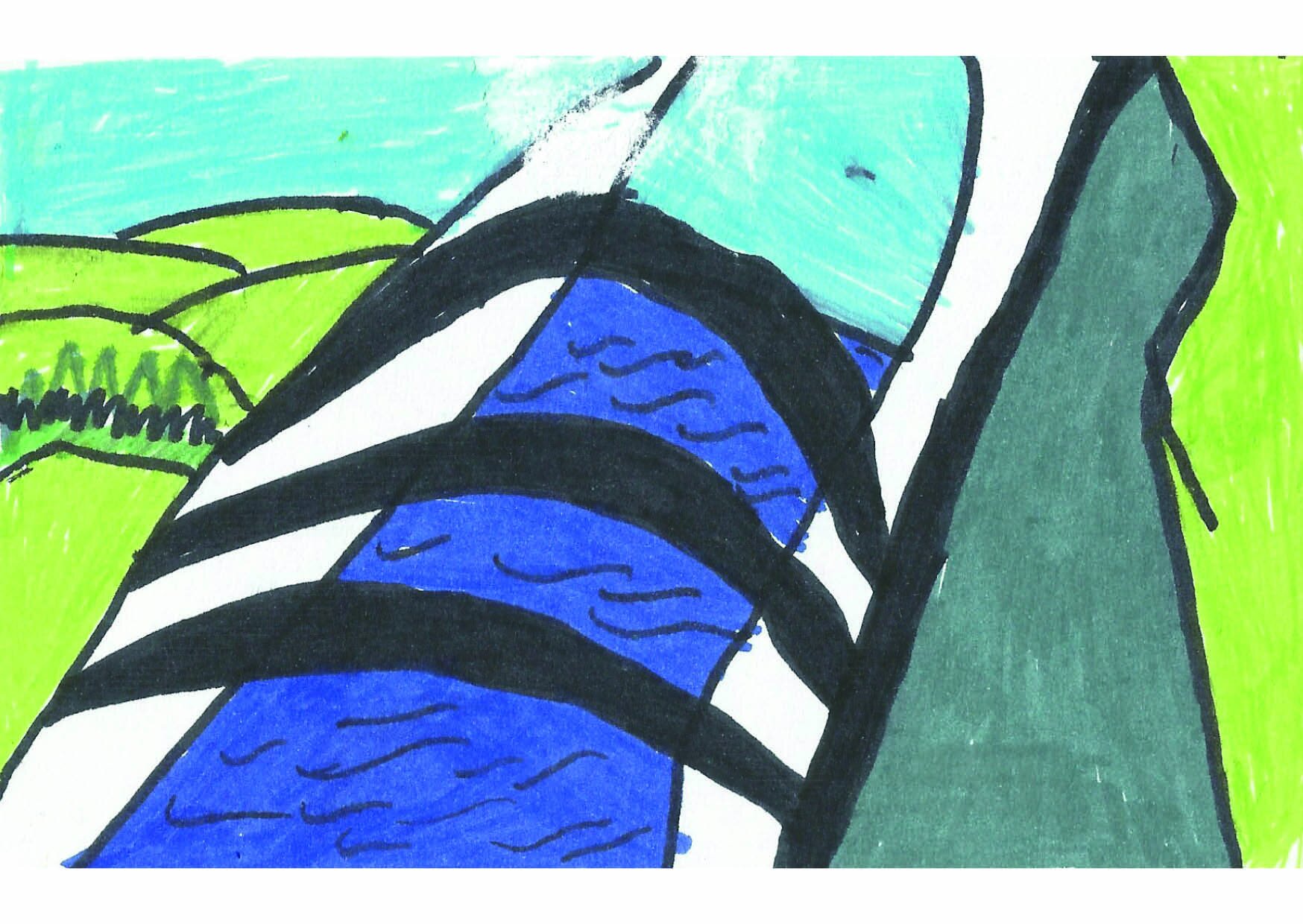



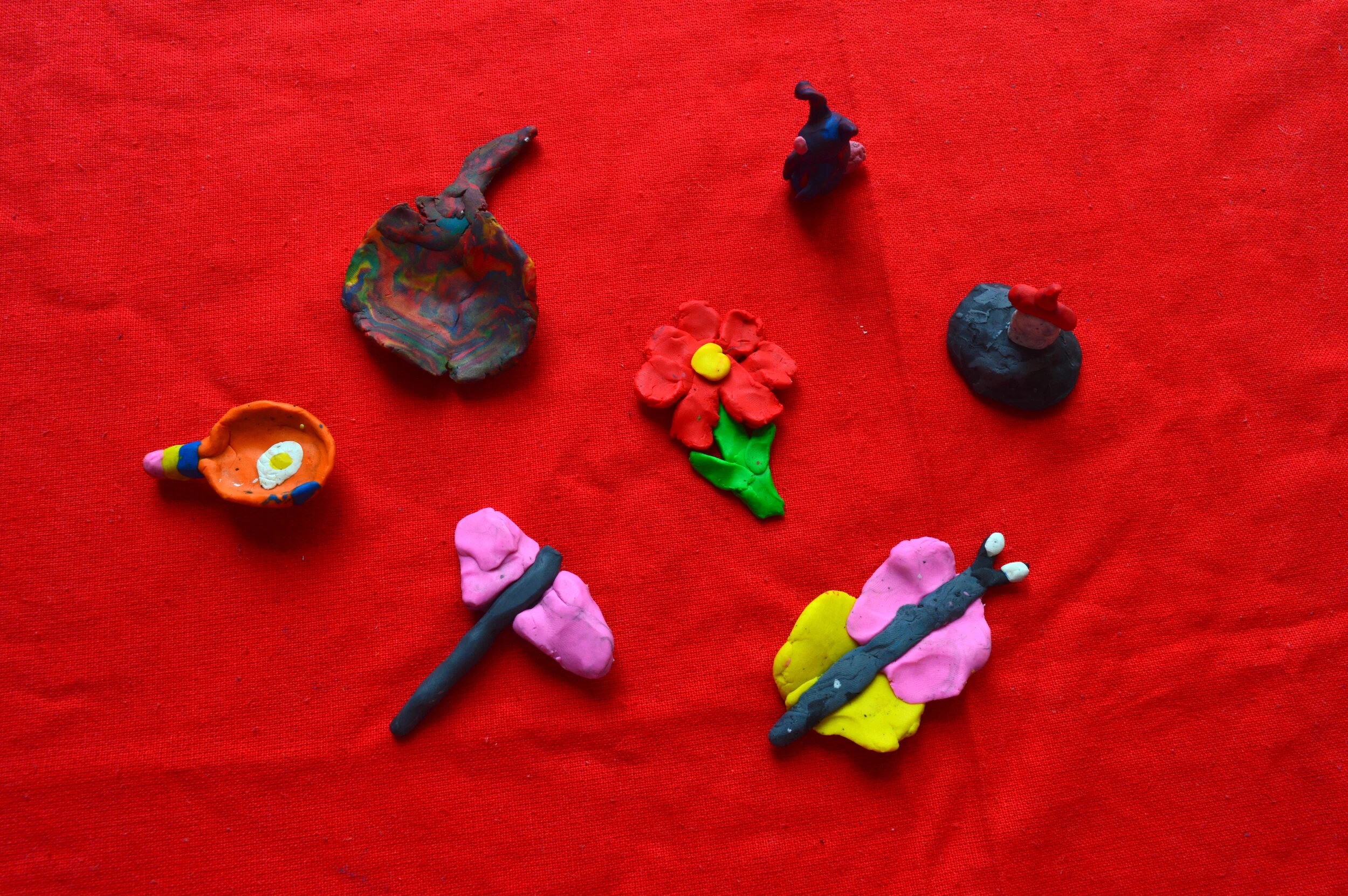
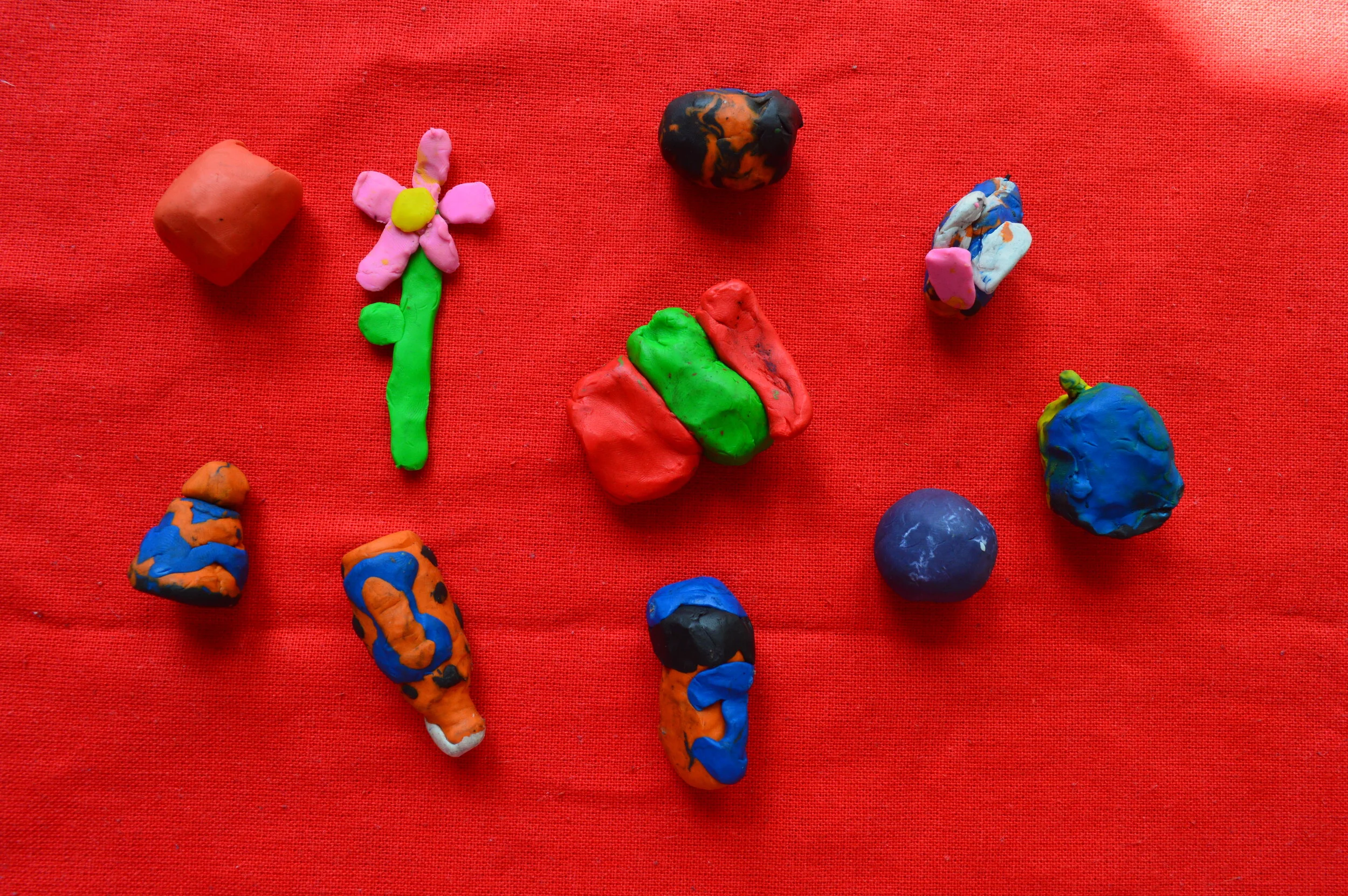

Sculptures made by children from Bantaskin Primary School

The children explored eight different strands of local history, working alongside Guest Artist Alice to create symbols that represent different aspects of Camelon and Tamfourhill's heritage.
There were a a number of light iron foundries founded in the Falkirk area in the later 19th century, to supply castings for the manufacture of such products as coal and gas stoves, sewing machines and architectural ironmongery. The industry had a major impact on Camelon and the Forth and Clyde canal had a great deal to do with the choice of site. The first foundry was established in 1845 near Lock 16. At their height in the years before the first war the Camelon foundries employed over 1,300 men manufacturing grates, stoves, pipes, cookers, gates, fences and mantelpieces.
People from Camelon are known locally as Mariners, a nickname that goes back to the time when Camelon was a thriving shipping port. The name is probably best remembered by the Mariner Leisure Centre and in Mariners' Day. Mariners’ Day is an annual children's fayre held on the second Saturday in June. It includes a parade, a crowning ceremony and the Ceremony of the Keys (where the ‘keys’ for Camelon are handed over to the Provost of Falkirk).
When the Union Canal was completed in 1822 it was connected to the Forth and Clyde Canal by a series of eleven locks. The declining use of the canal system in the 20th century brought eventual closure of the link in the 1930s. When the restoration project, the ‘Millennium Link’, was announced in 1994 a rotating boat lift was designed to create a new landmark as a symbol for the new millennium. The Falkirk Wheel has two caissons, each holding 250,000 litres of water, which carry boats up and down simultaneously between the two canals, a journey that takes 15 minutes. The whole system, which cost £17 million, was completed by a large basin linked to the Forth and Clyde and a Visitor Centre.
Camelot is a castle and court associated with the legendary King Arthur. There are those that believe that real King Arthur was a Scottish leader named Artorius. This Artorius was the prince of the Kingdom of Manaan in the late 500s Artorius' Camelot is supposed to have been Roman fort on the Antoinine wall known as Ad Vallum. To the post-Roman Scots, this fortress was known as Camelon, a name today is given to a small town outside of Falkirk.
Camelon Juniors Football Club are a Scottish football club founded in 1920 in Camelon. The team plays in the East of Scotland League Premier Division, the sixth tier of Scottish football, having moved from the junior leagues in 2018. Despite this move, the club has decided to retain the "Juniors" part of its name. The club have won the Scottish Junior Cup once, in 1995. They are known as ‘The Mariners’, a nickname that goes back to the time when Camelon was a thriving shipping port on the Forth and Clyde Canal at the point where it is linked to the Union Canal.
For nearly 400 years Britain was part of the Roman Empire. The Antonine Wall was one of two ‘great walls’ built by the Romans in Britain around AD 142. It was the northernmost frontier barrier of the Roman Empire and spanned 39 miles. The purpose was apparently to defend the frontier from raids by the Picts (the name given to Northern British people living in what is now northern and Eastern Scotland). Human life in Camelon is believed to pre-date the Romans though!
The Barr’s company was founded in 1875 by Robert Barr in Falkirk. In 1875, Barr’s was one of 100s of soft drinks businesses in Scotland. Today it’s the leading independent soft drinks business in the UK. Launched in 1901 in Scotland, IRN-BRU is a carbonated soft drink made to an original secret recipe, which contains 32 flavours. In 1901, steel workers were drinking too much beer to quench their thirst. So, Barr brought them a tonic-like drink made with caffeine and sugar that could get the workers through a hard day of work. ‘Iron Brew’ was born. The original label featured a famous Highland athlete, Adam Brown. Due to legal reasons, the drink changed it’s name from ‘Iron-Brew’ to ‘Irn-Bru’ in 1946.
The Falkirk Council Area has a wonderful variety of different habitats. This includes 24 types of habitat which are UK priorities for conservation action. This area is home to many fascinating plants and animals. For example, the River Carron is a salmon success story! In the past, pollution in the Carron has had a disastrous impact on the wildlife that needs on the river. In recent times however, the salmon have returned during their spawning season - which shows us that the health of the river is improving!

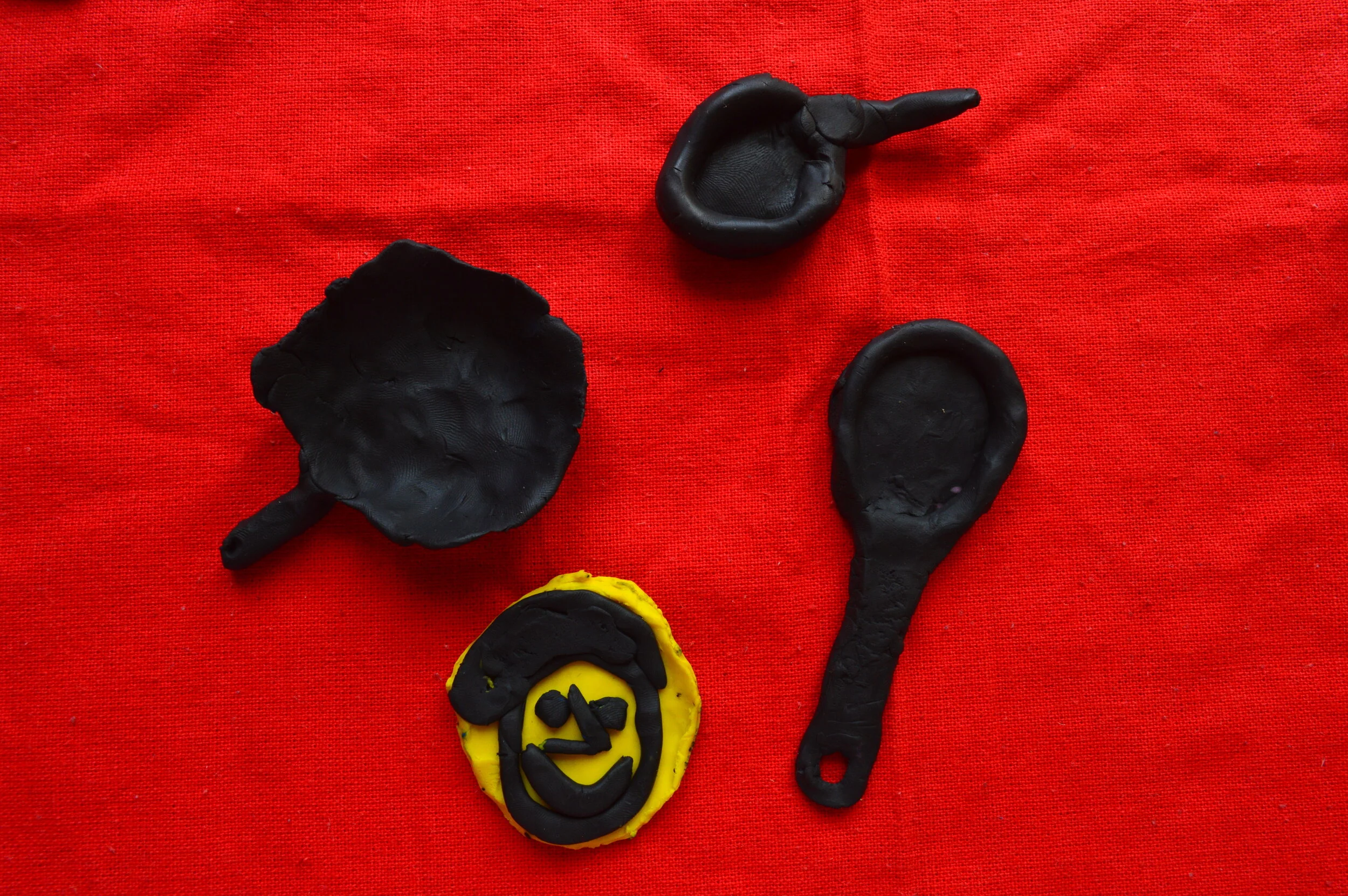

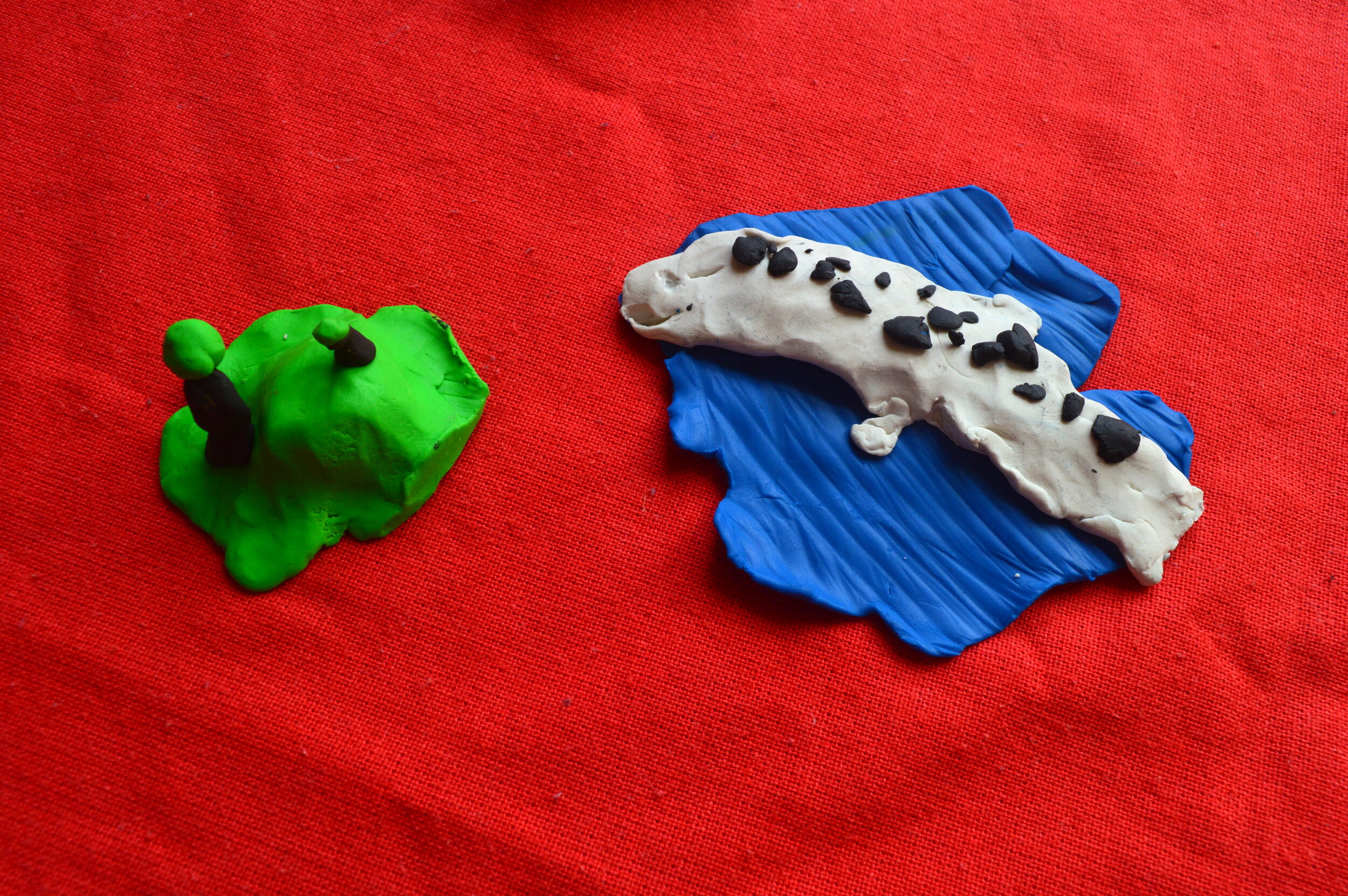
Sculptures made by children from St Francis' Primary School

Prints made by children from Bantaskin Primary School
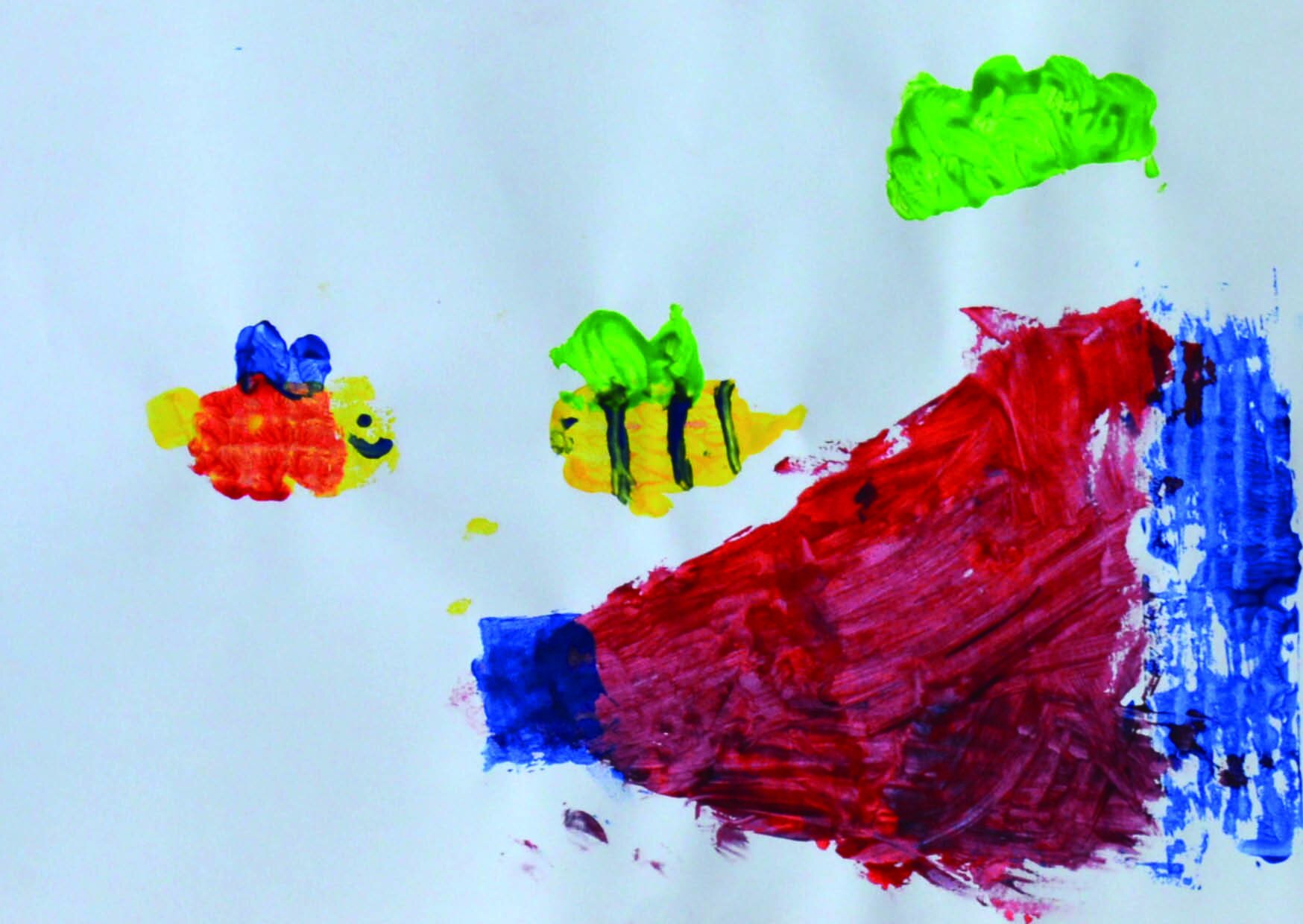
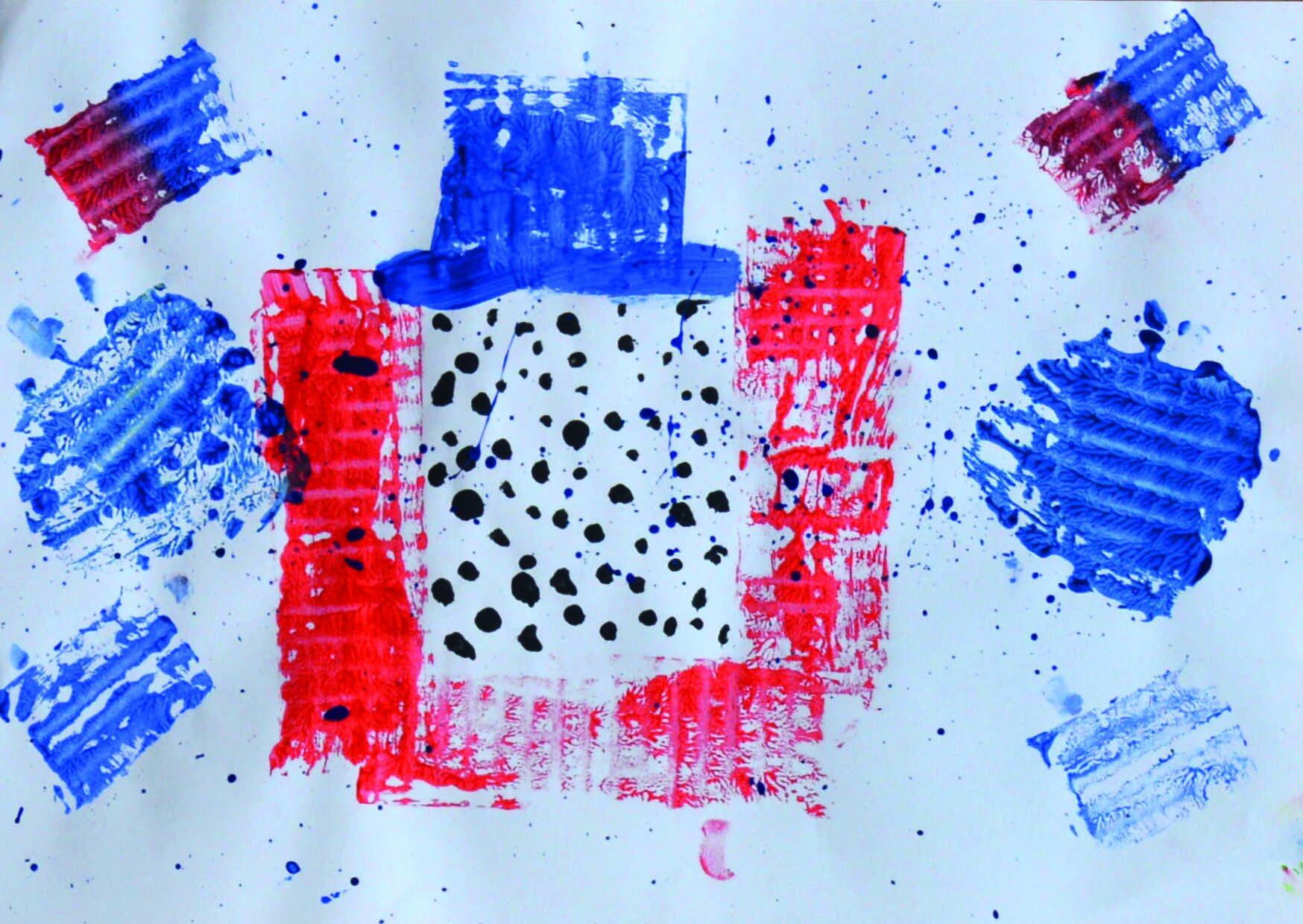






















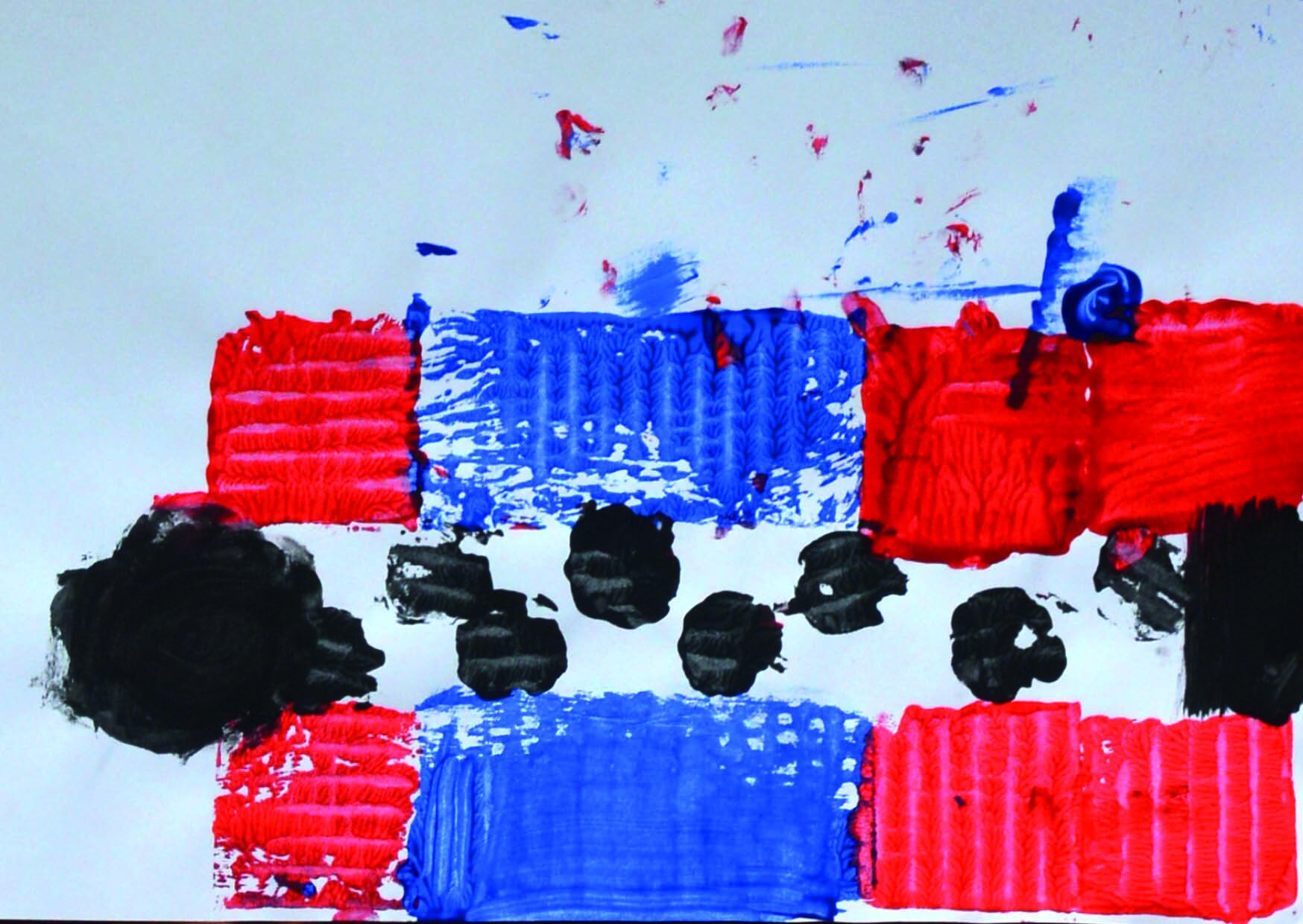


Postcards made by children from St Francis' Primary School


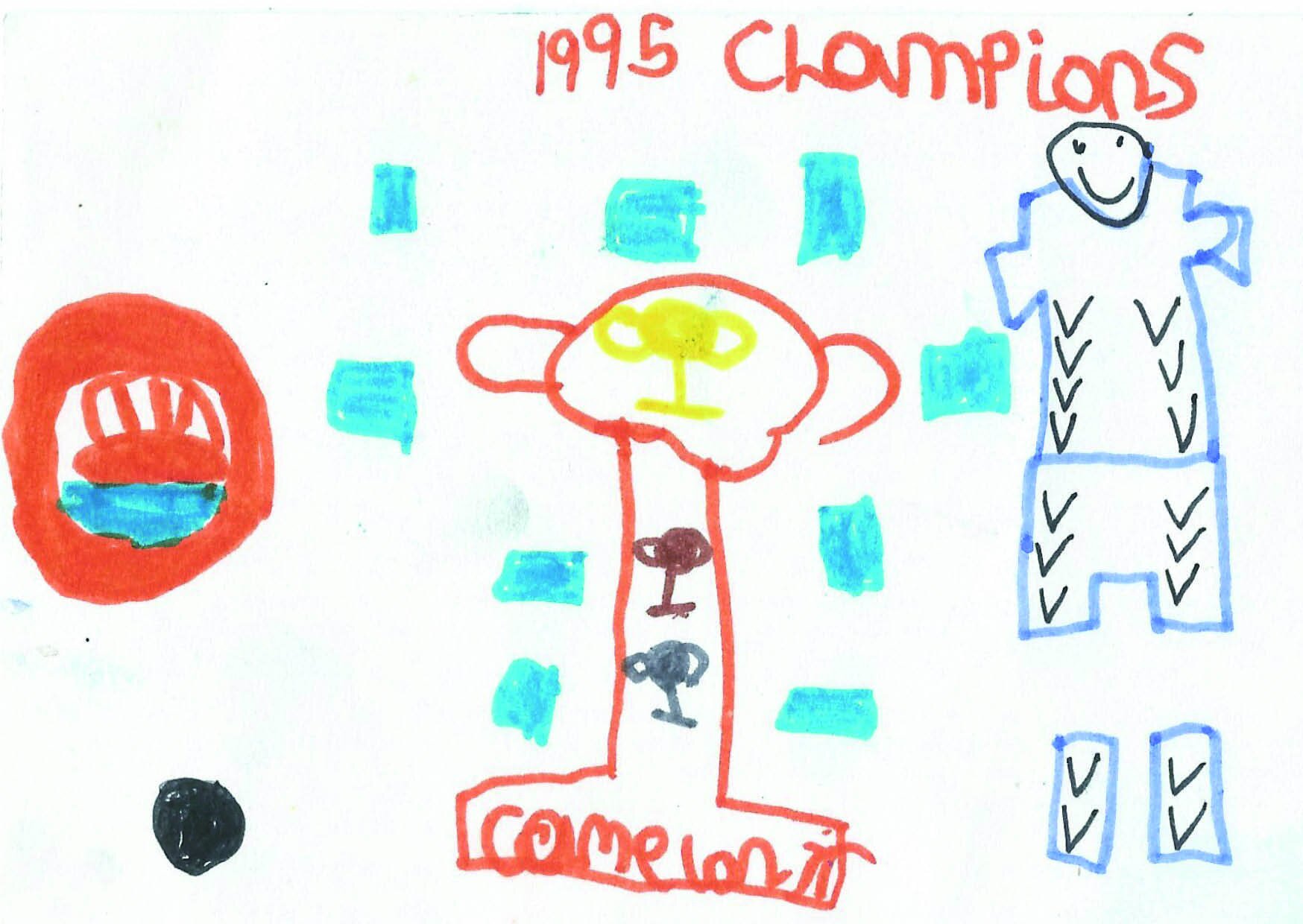




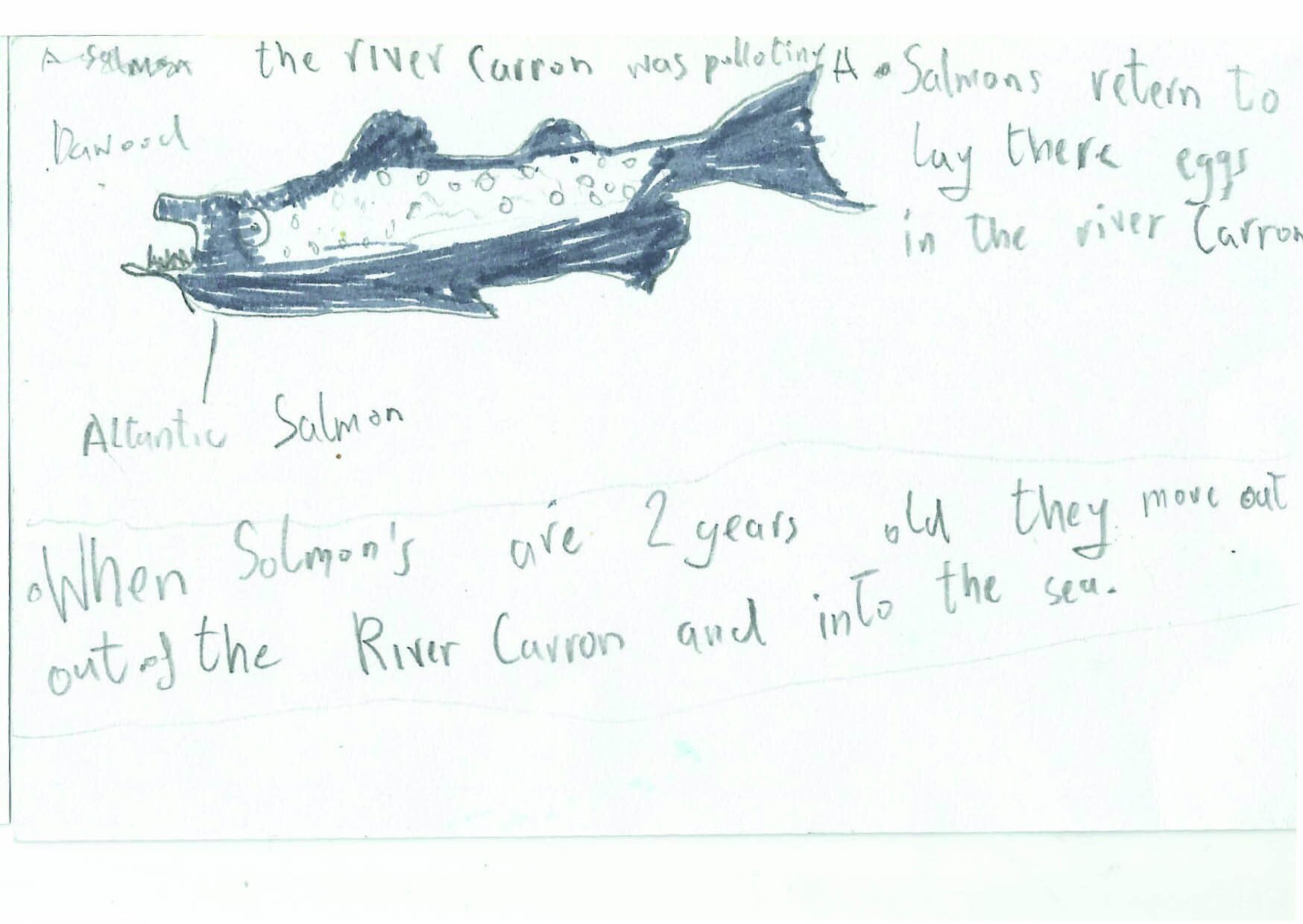
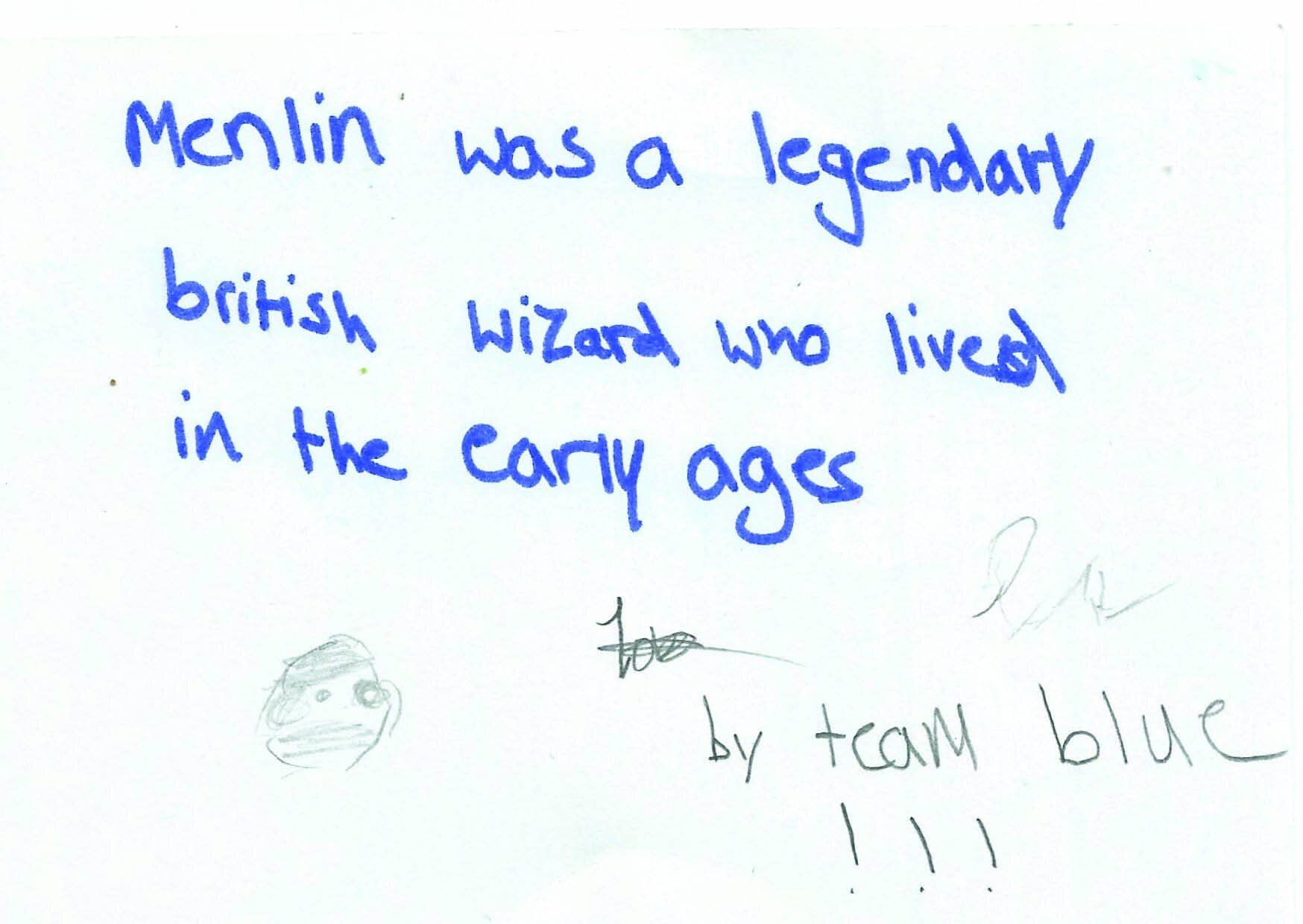






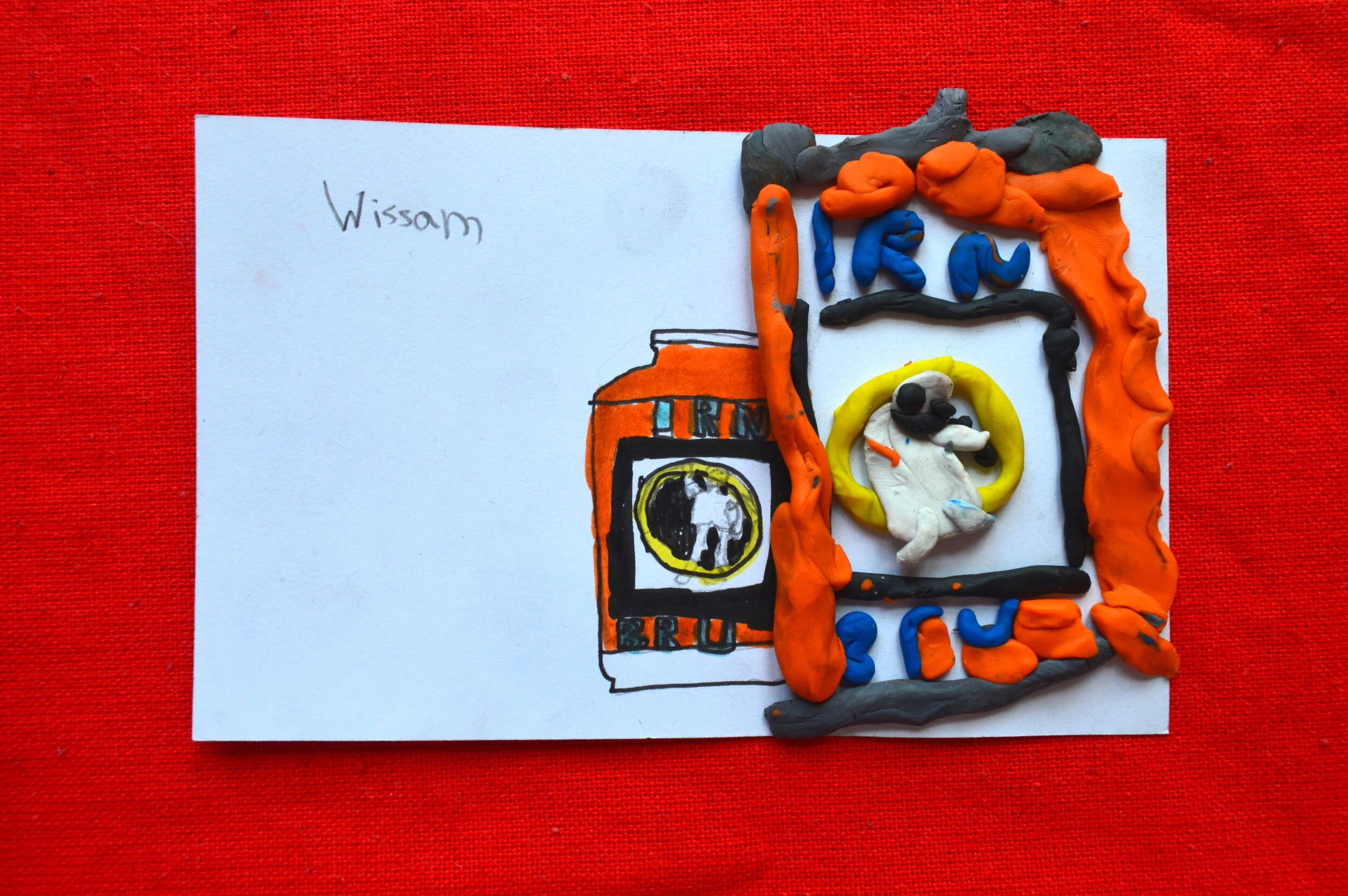
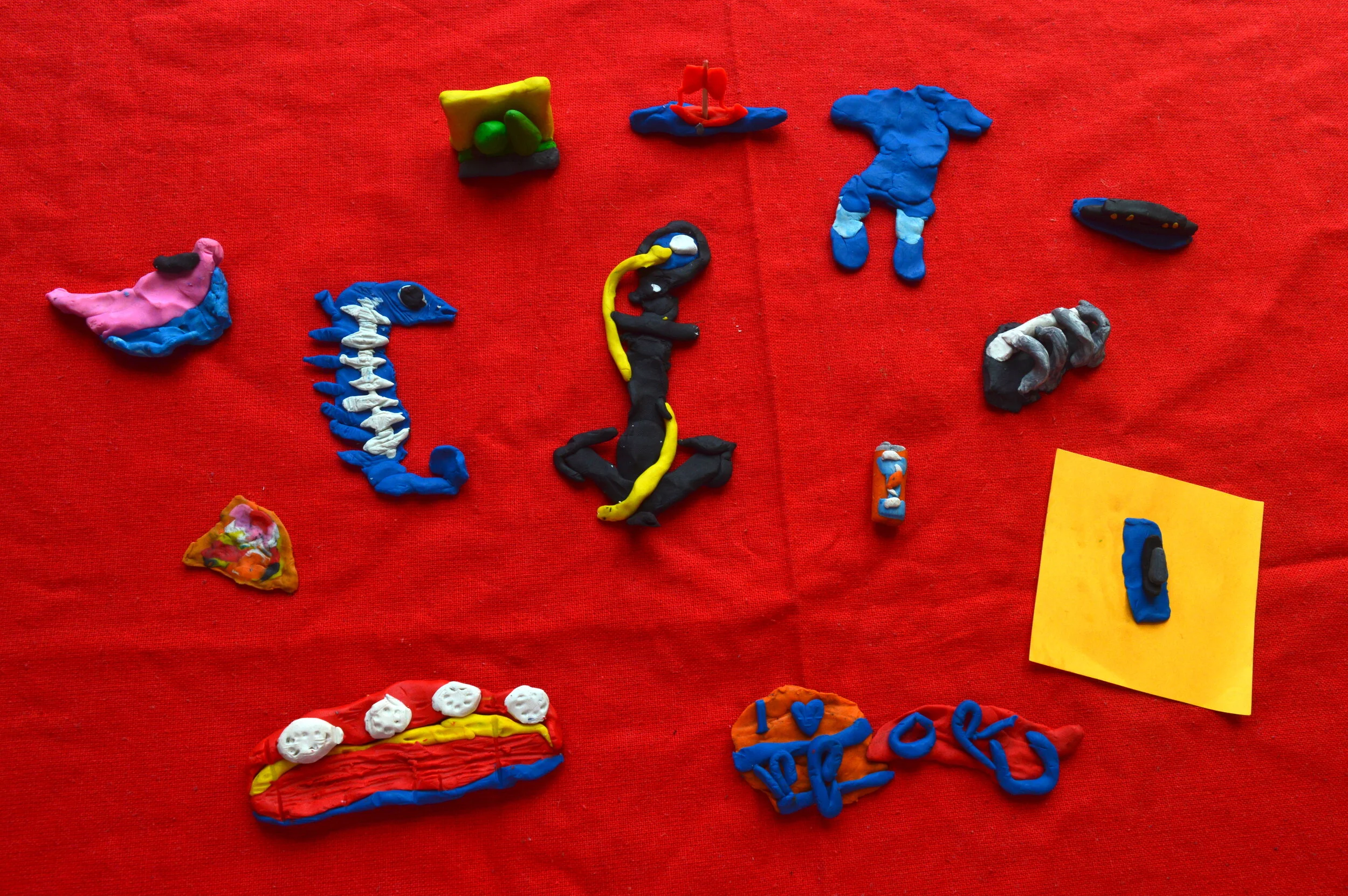
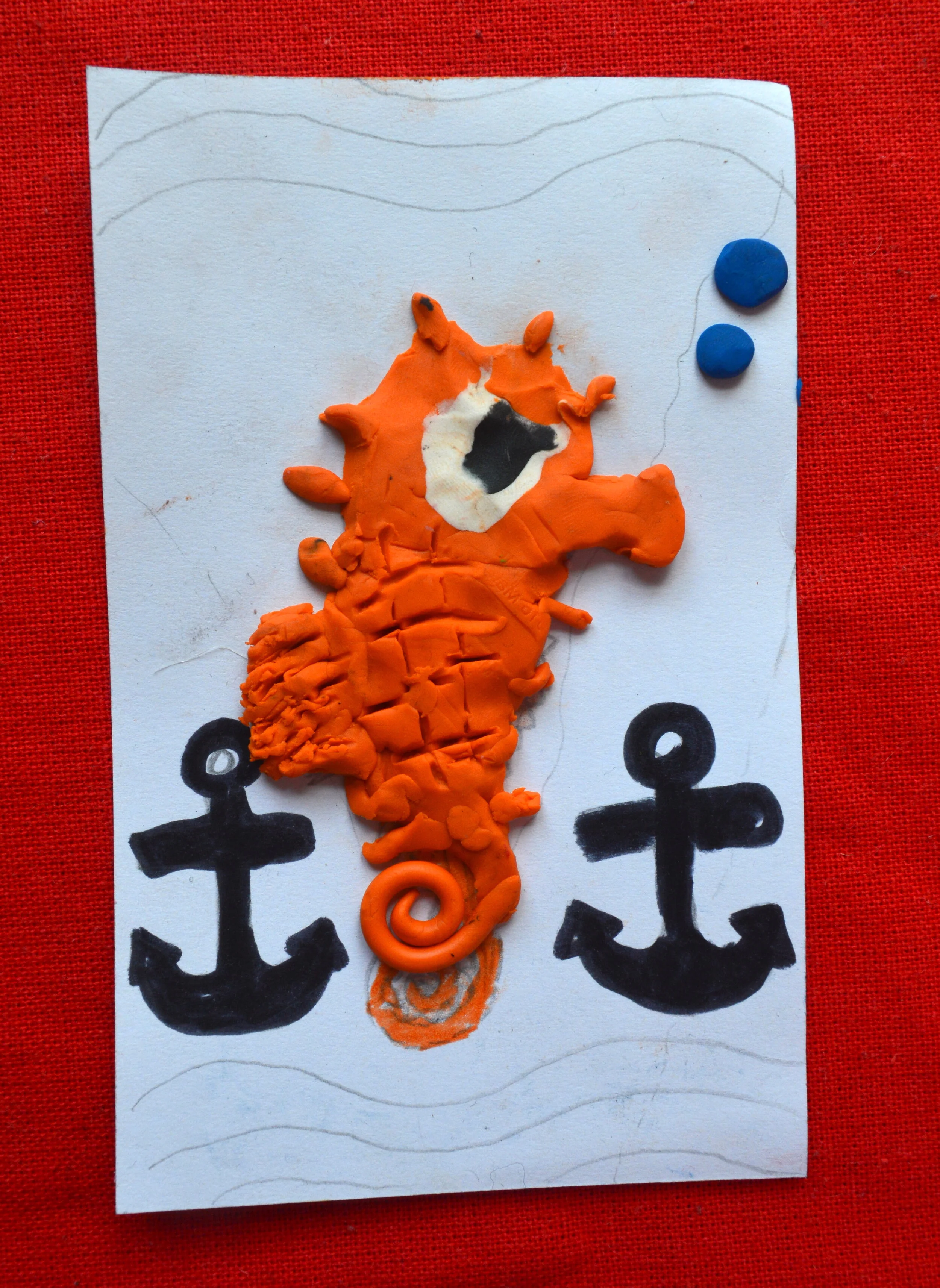
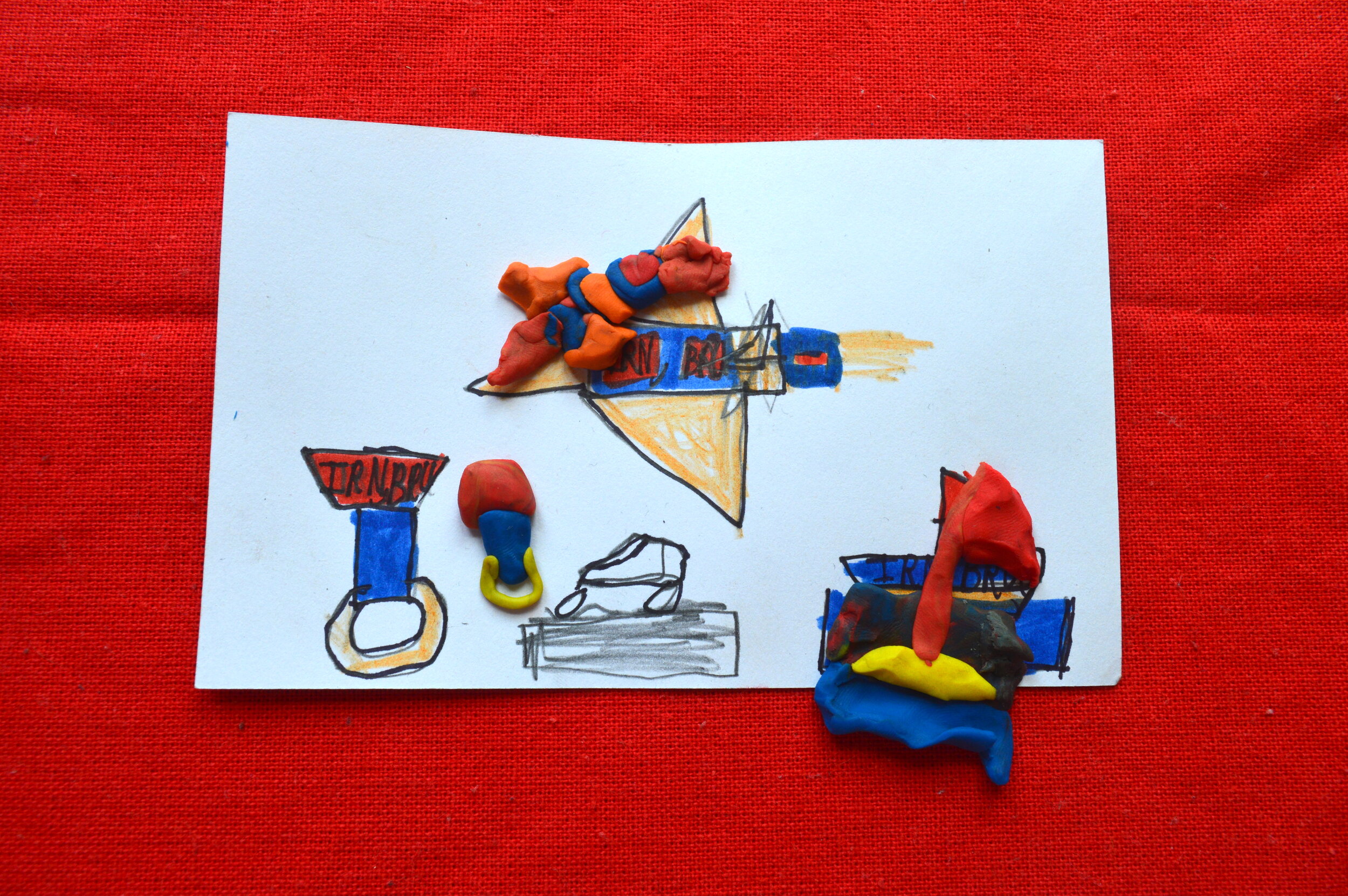
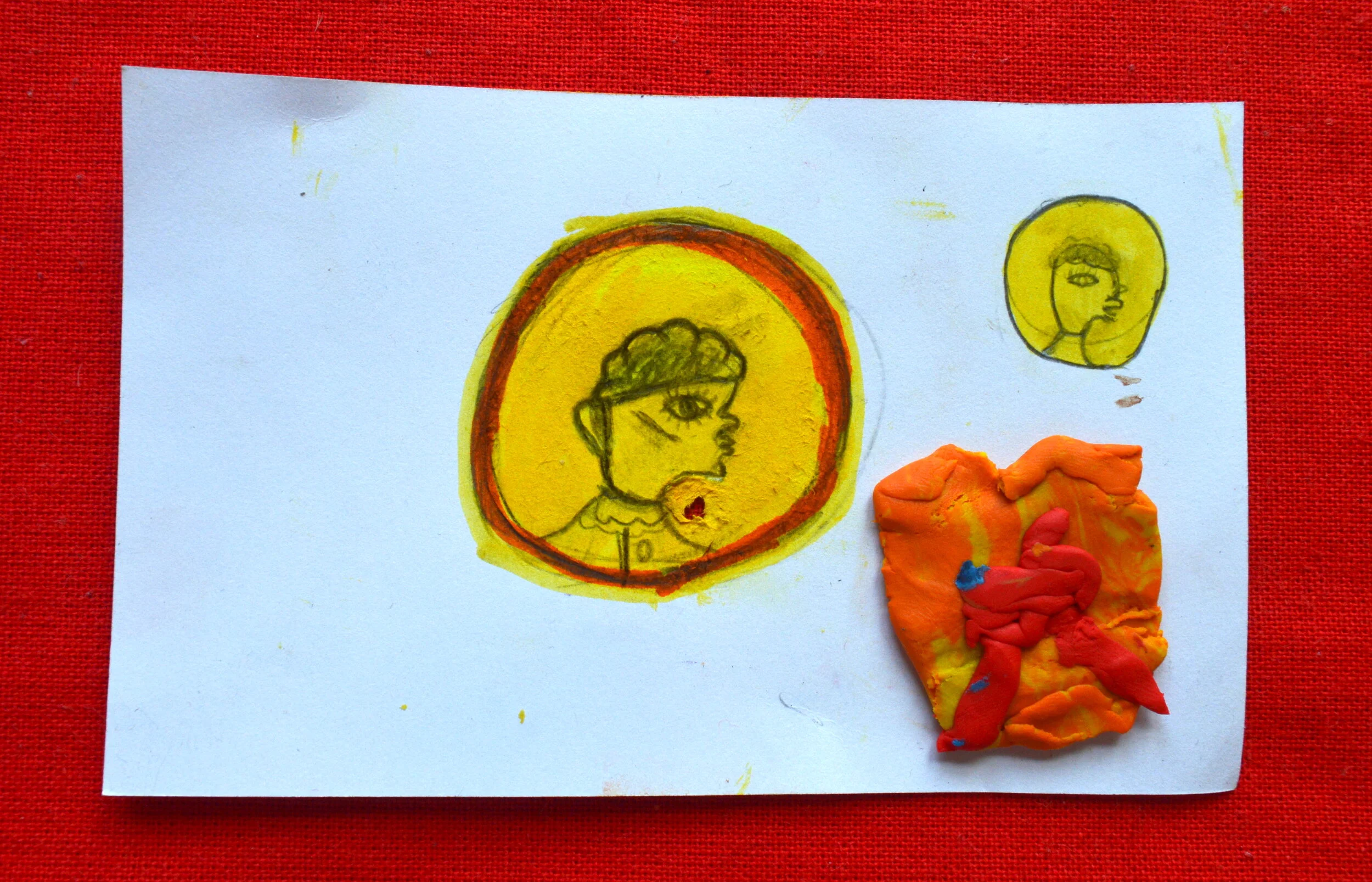
Sculptures made by children from Easter Carmuirs Primary School

Postcards made by children from Easter Carmuirs School









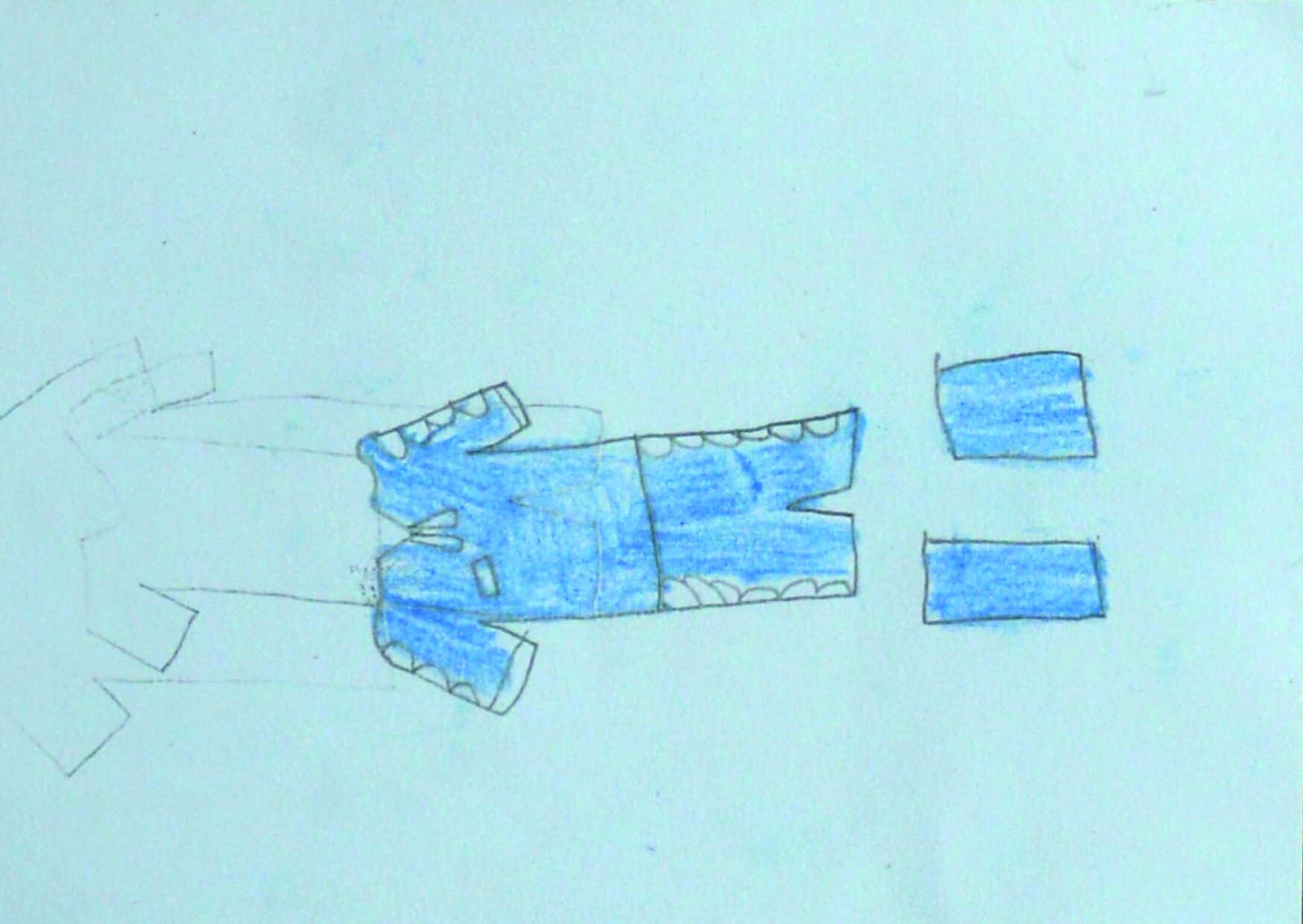
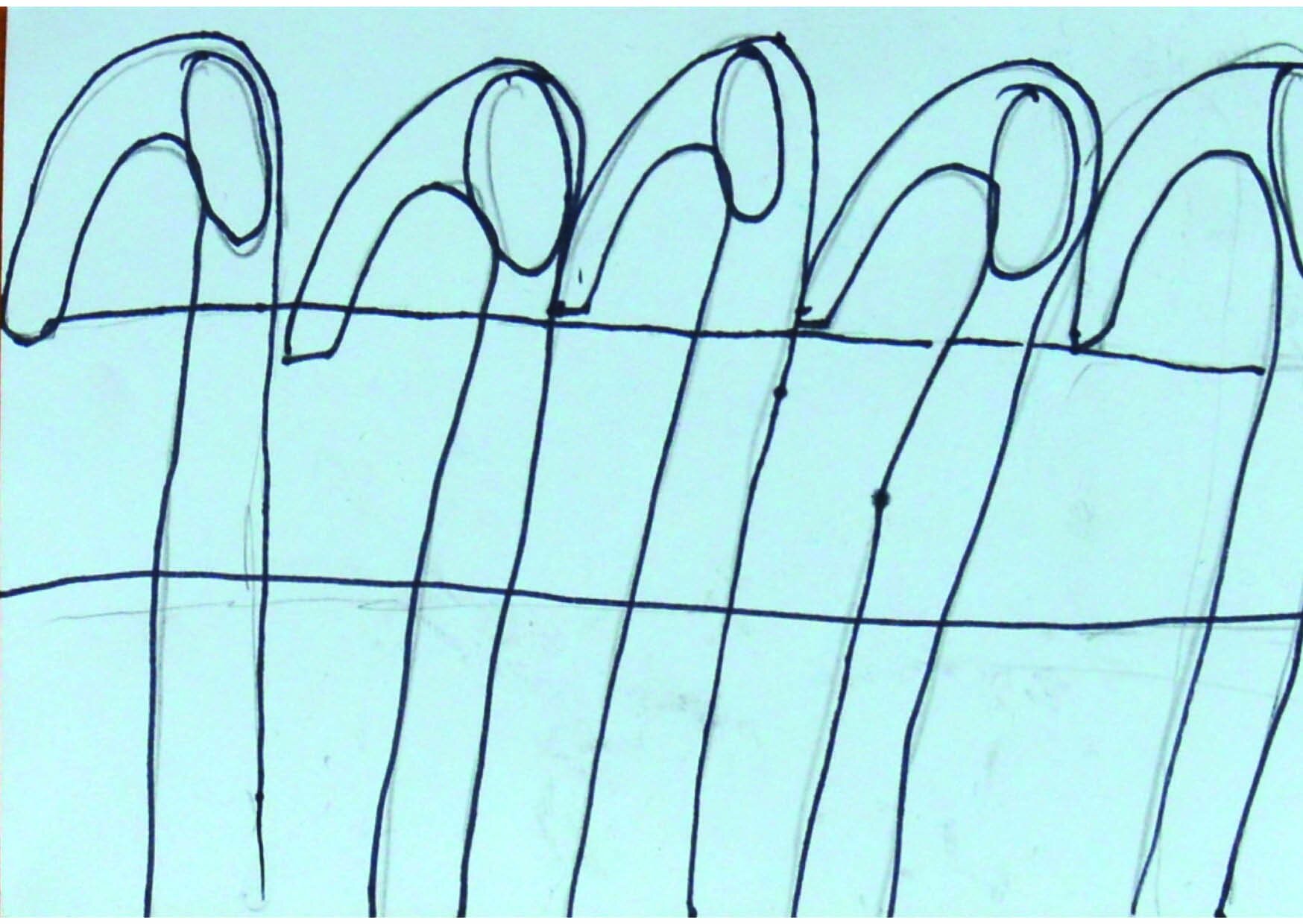
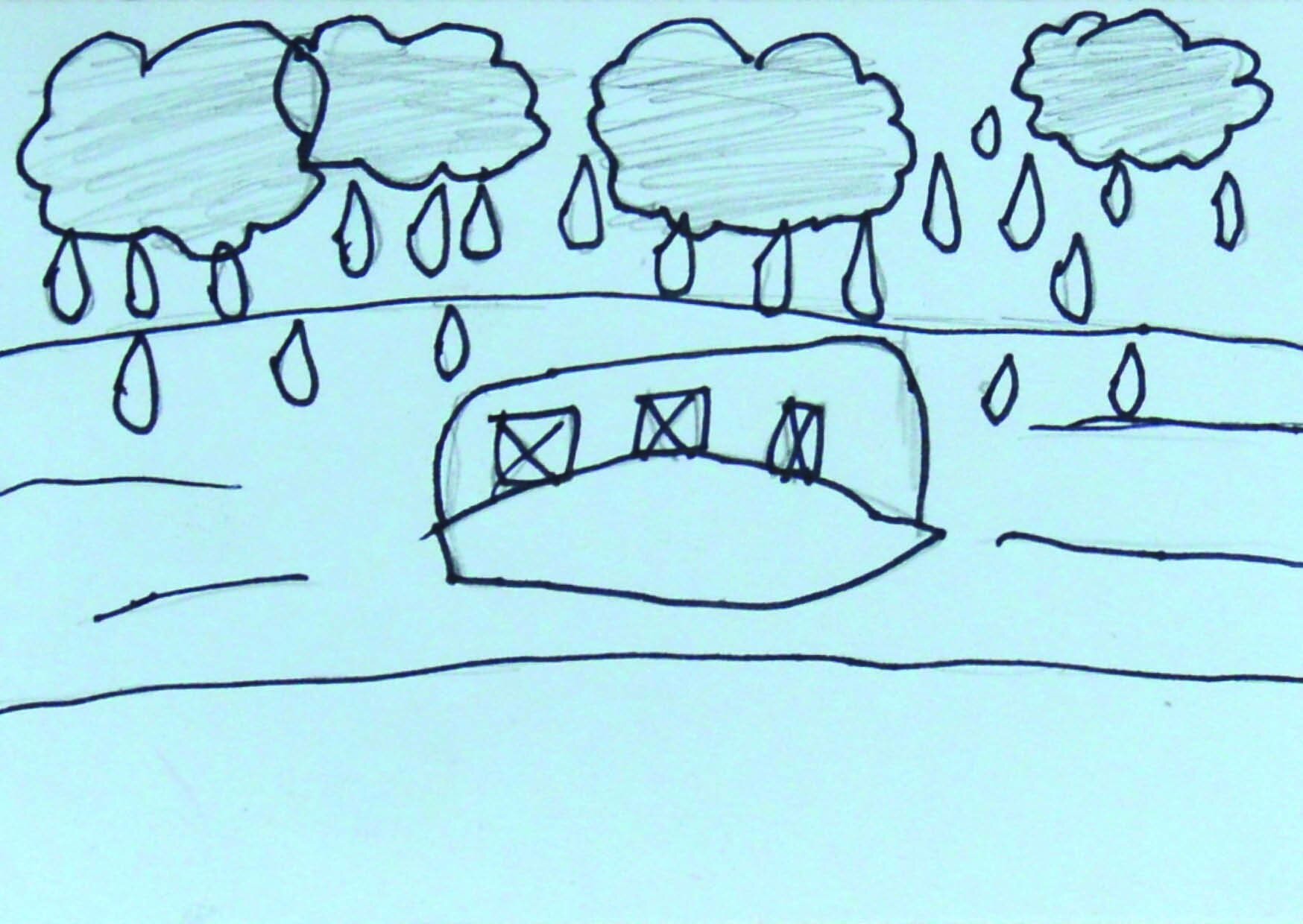



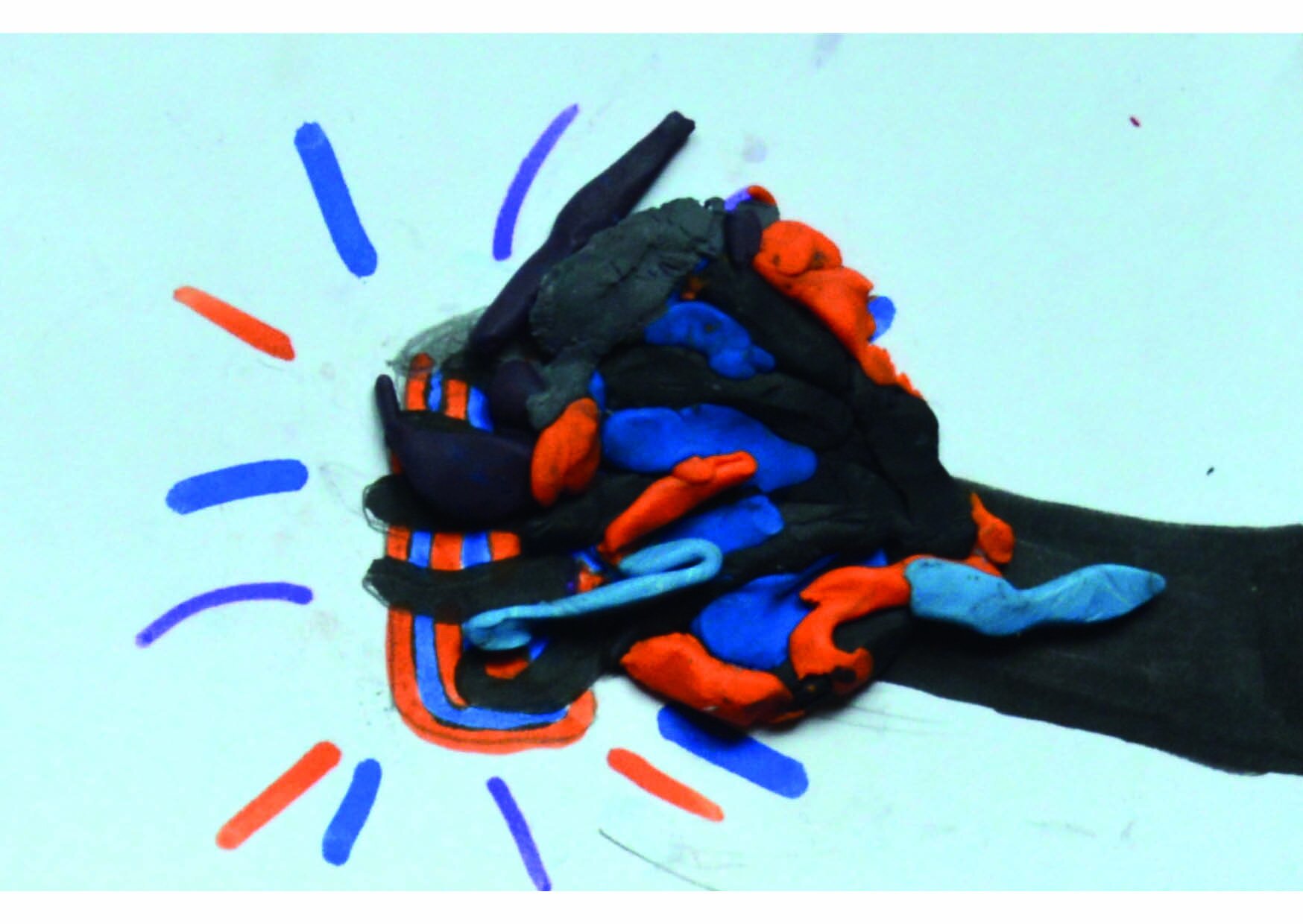


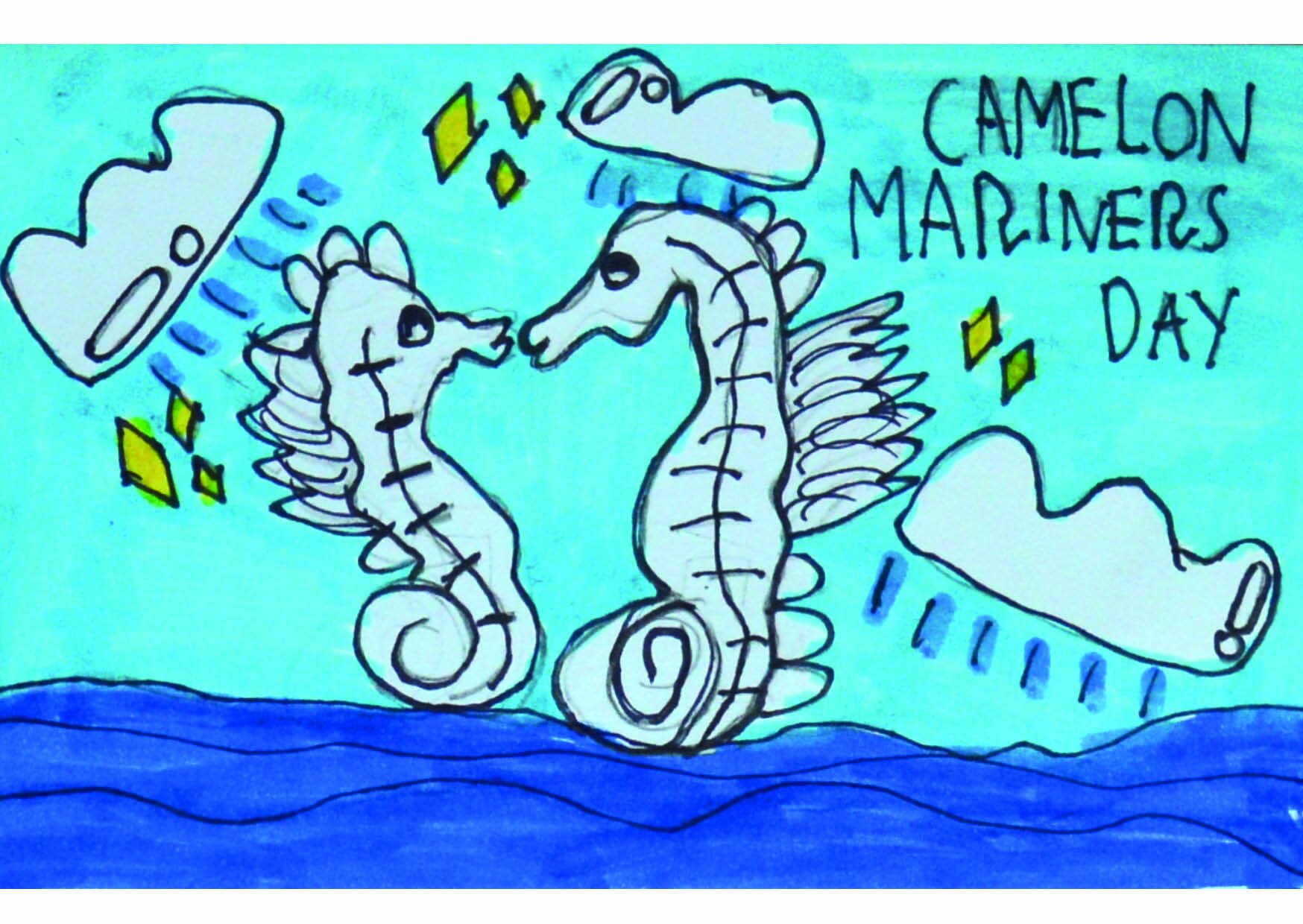

Prints made by children from St Francis' Primary School












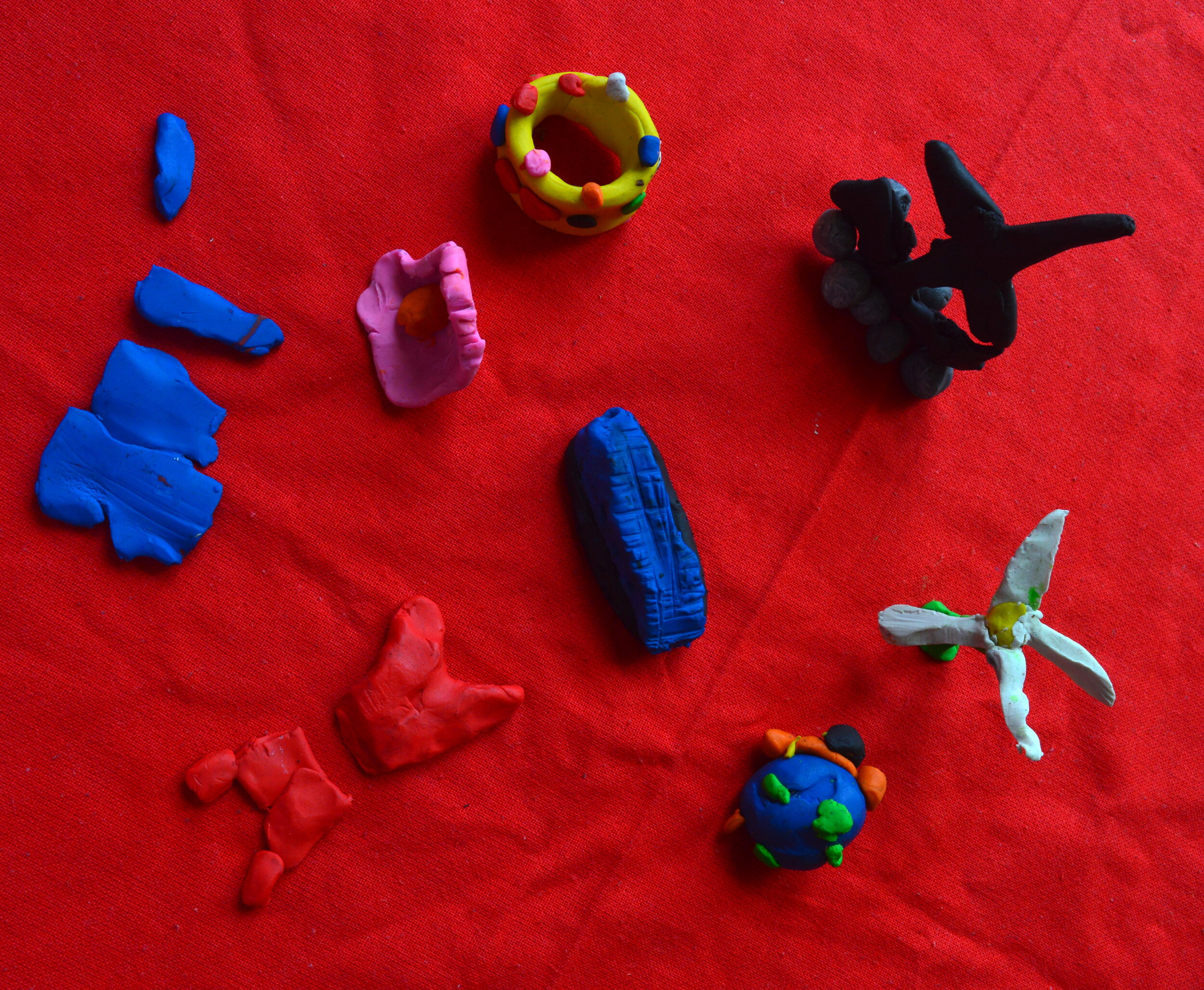
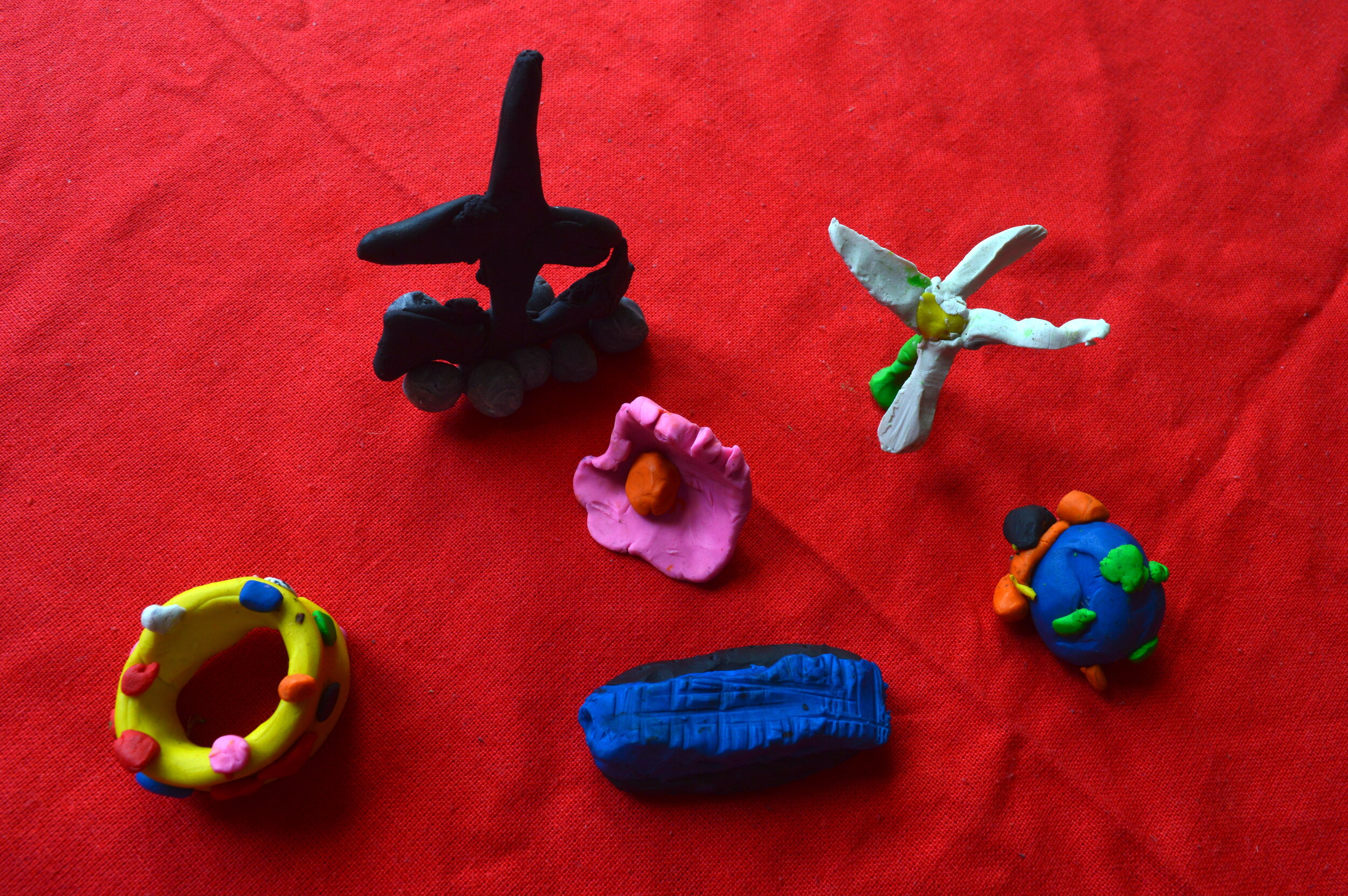
Work made by children from Windsor Park Primary School

Prints made by children from Windsor Park Primary School

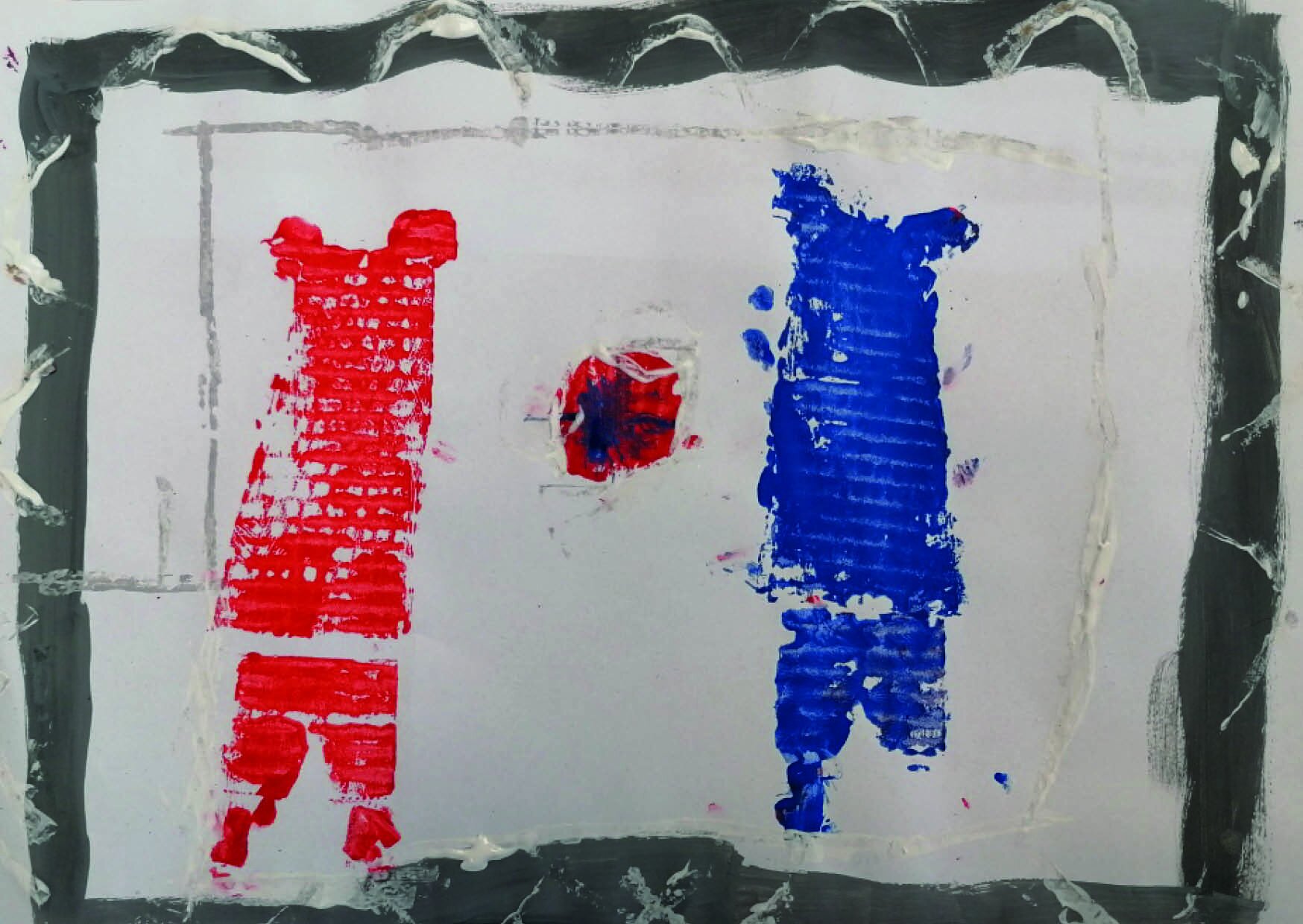


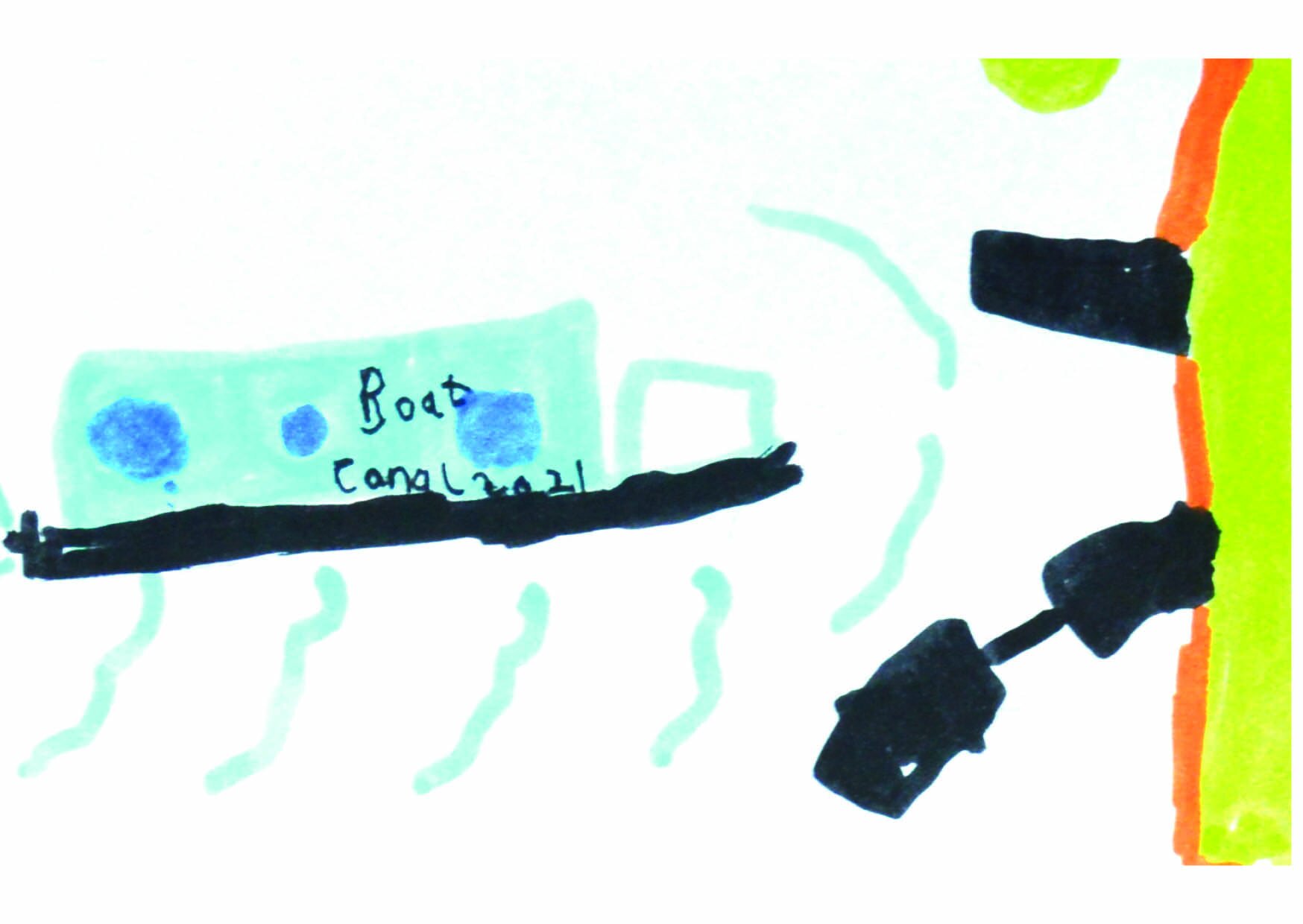
Postcards made by children from Windsor Park Primary School
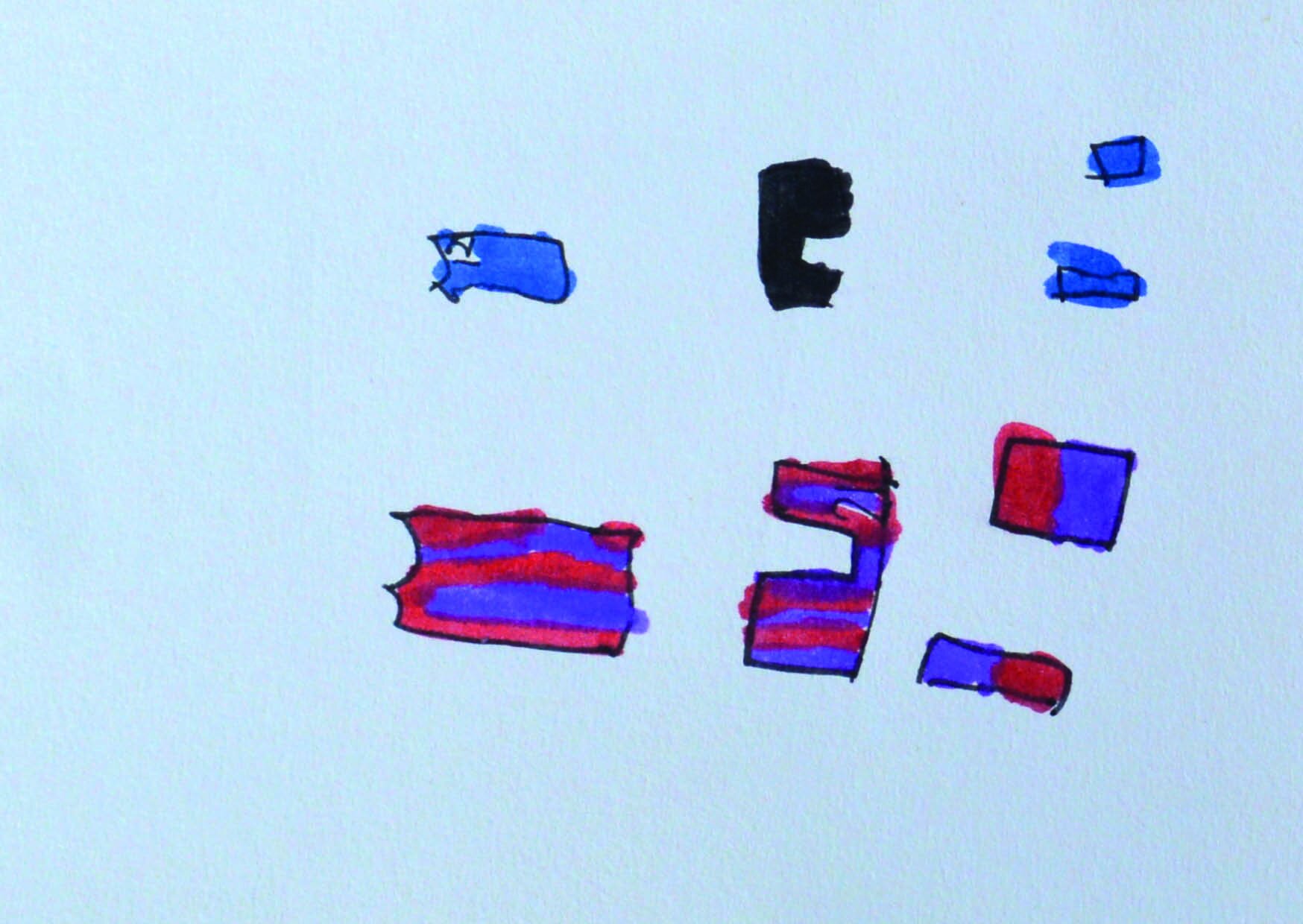




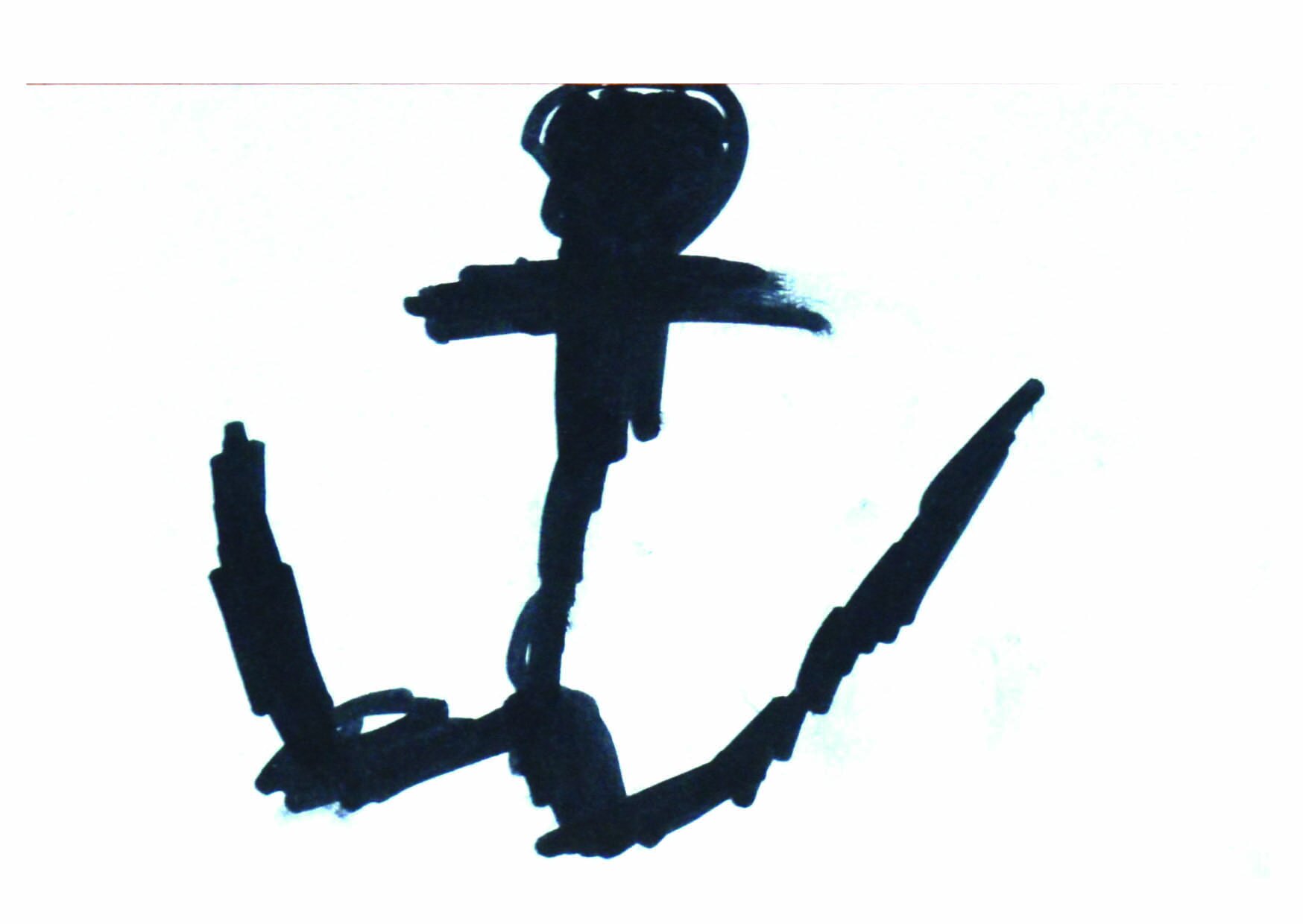
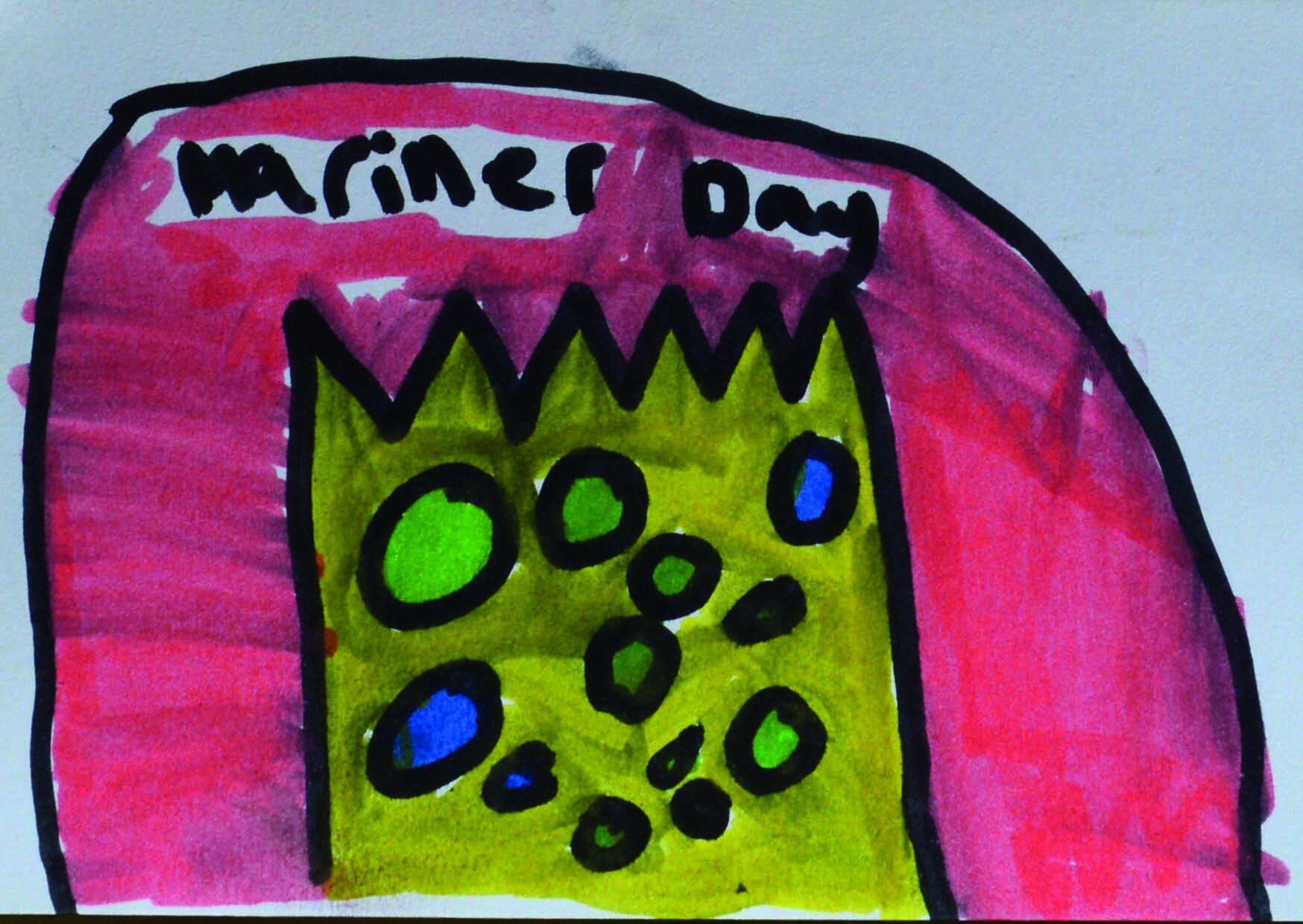

Prints made by children from Carmuirs Primary School





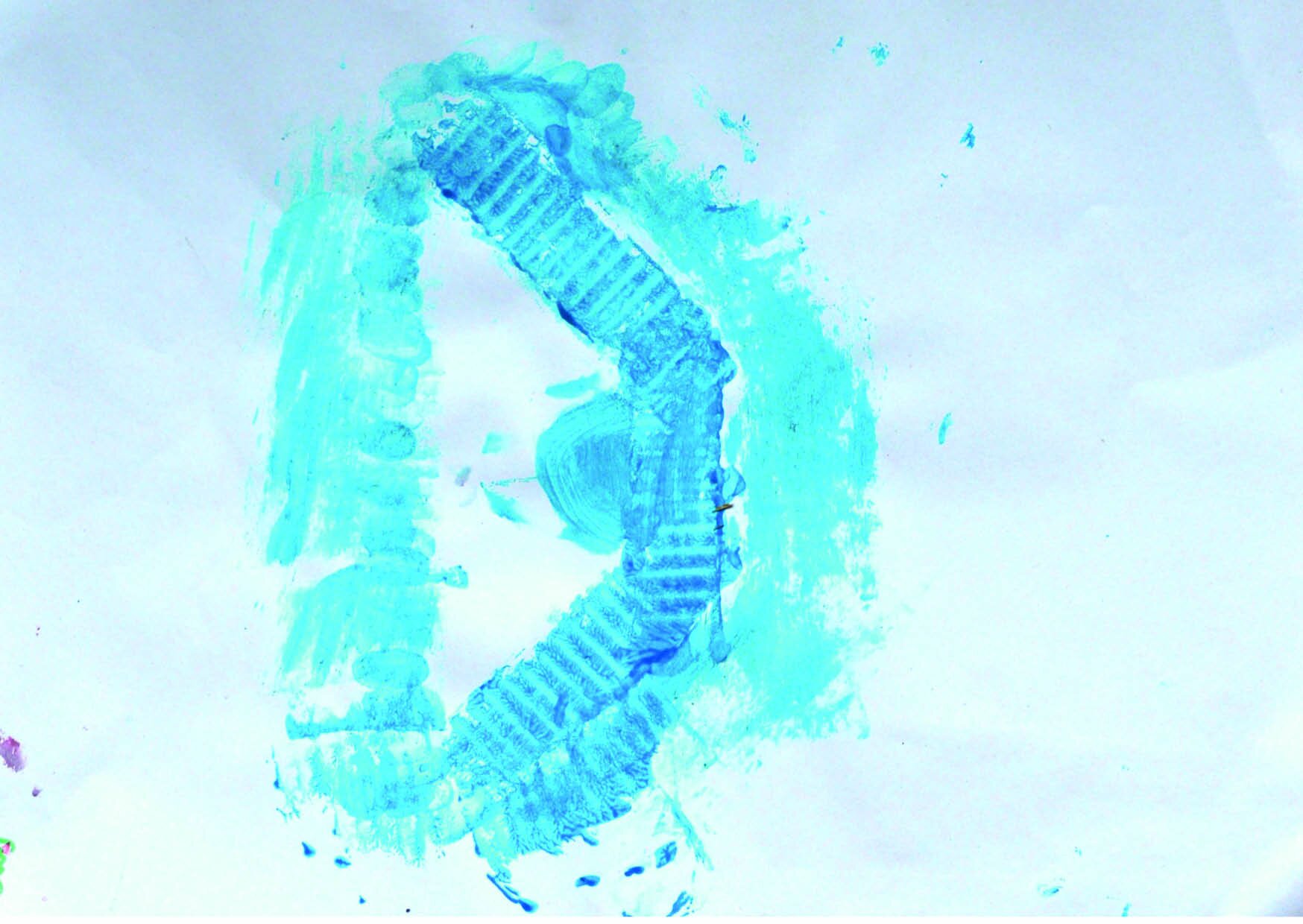


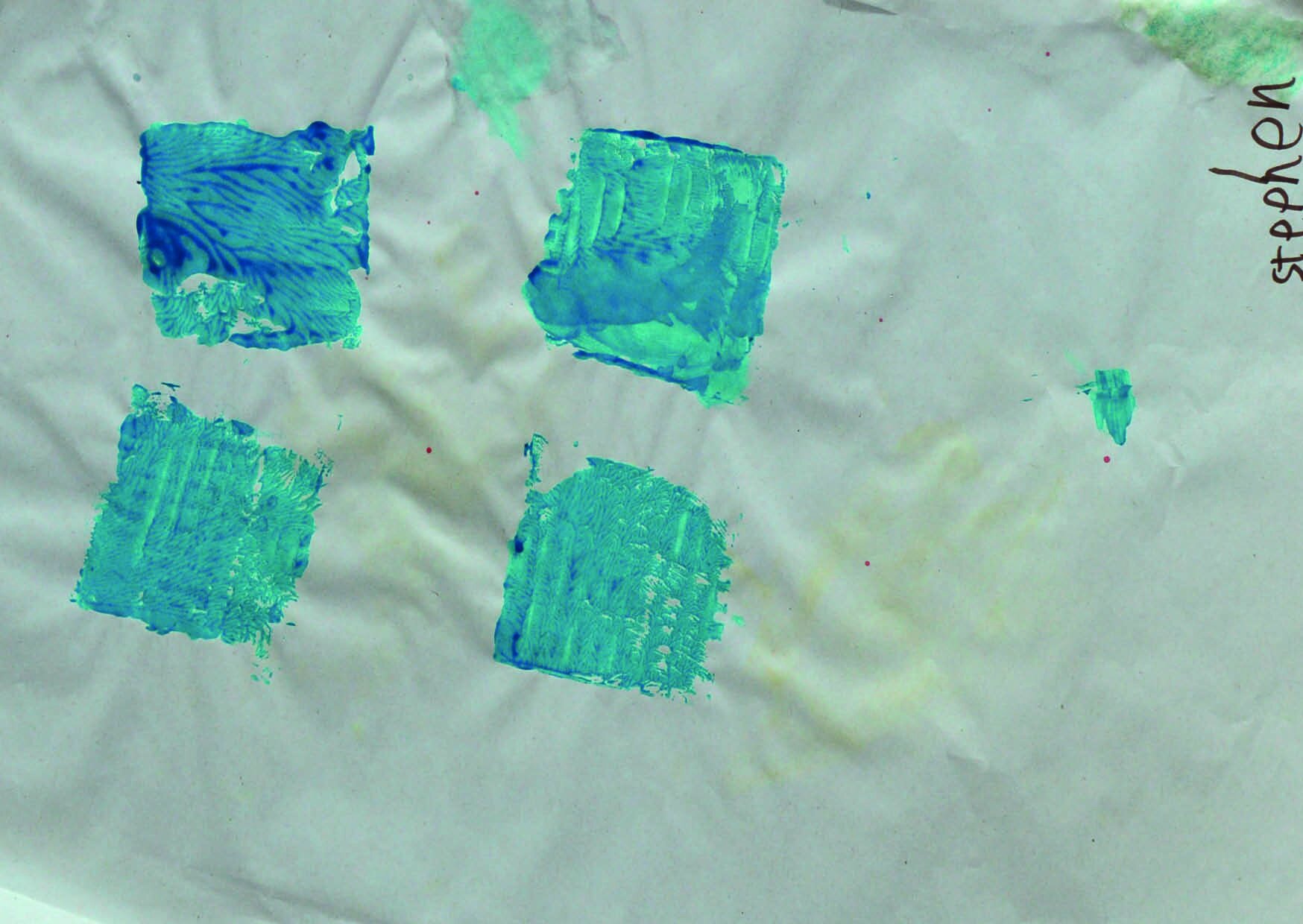
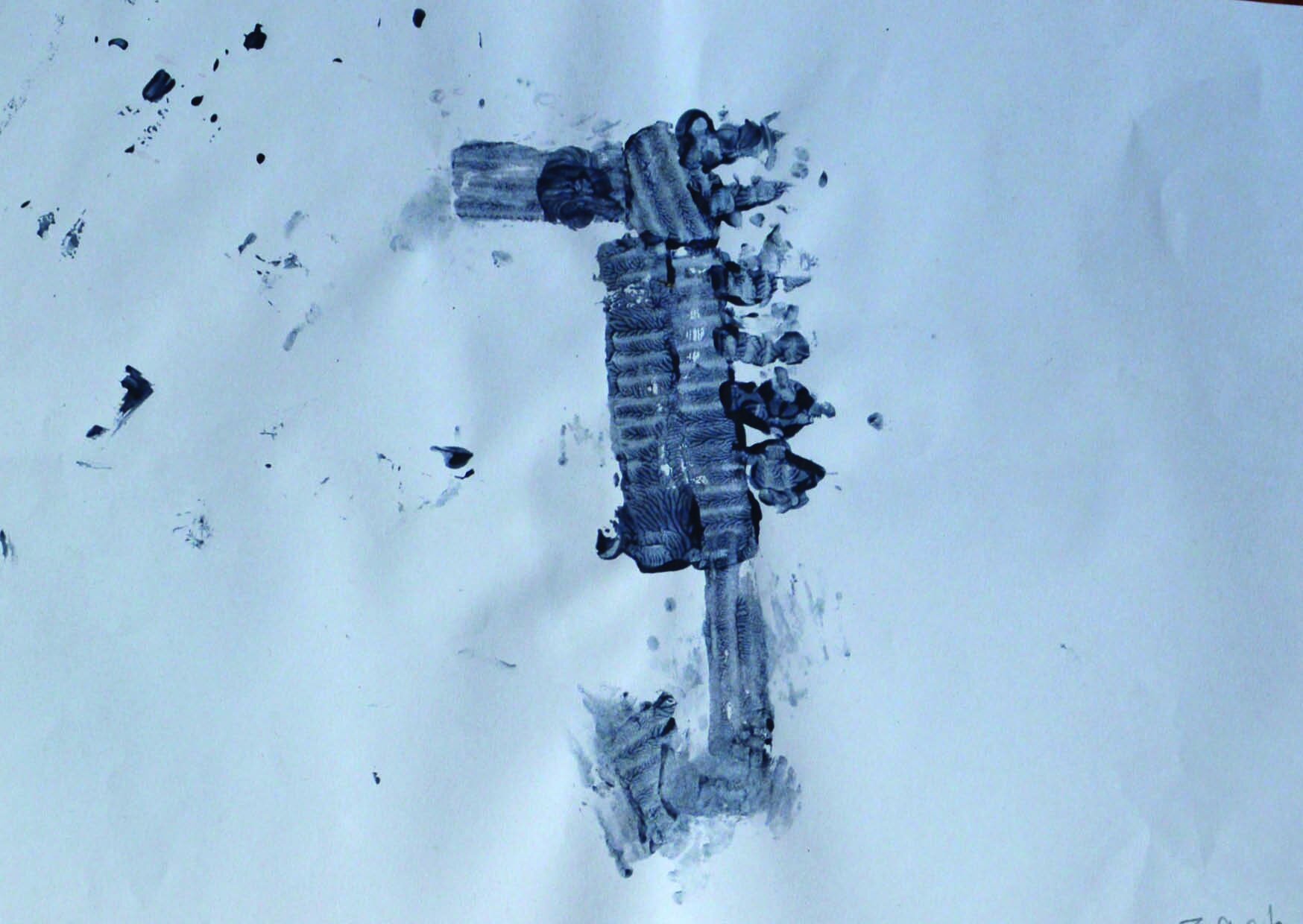
Prints made by





